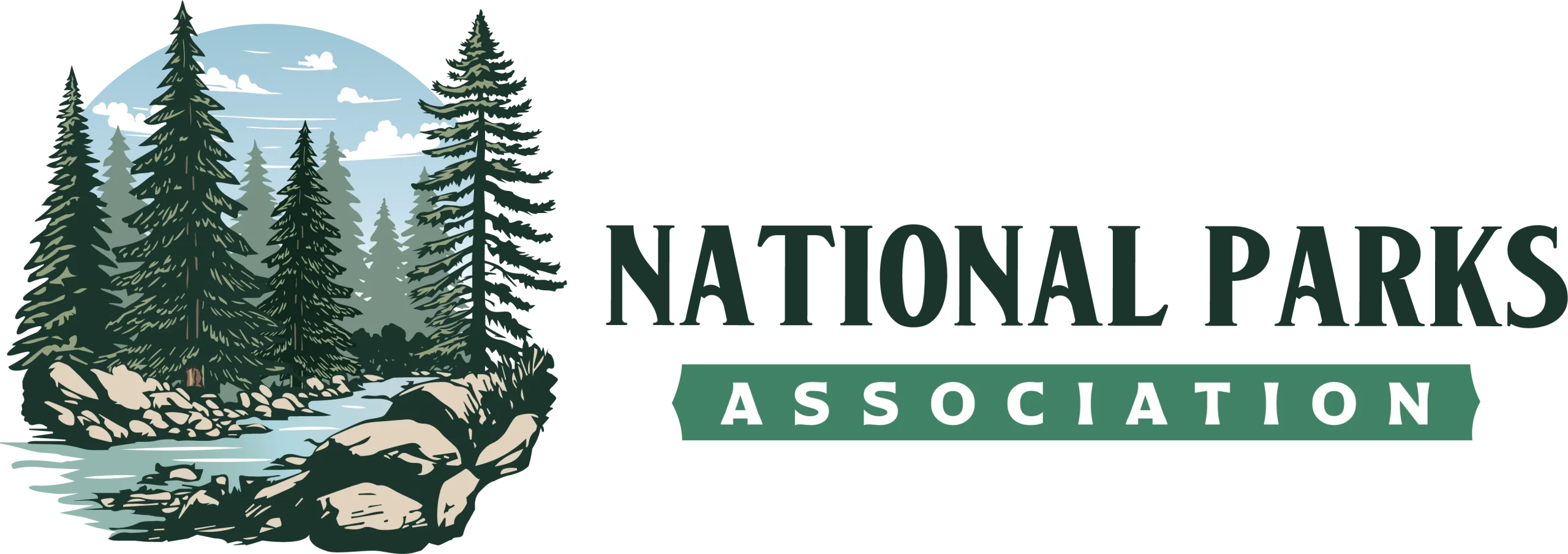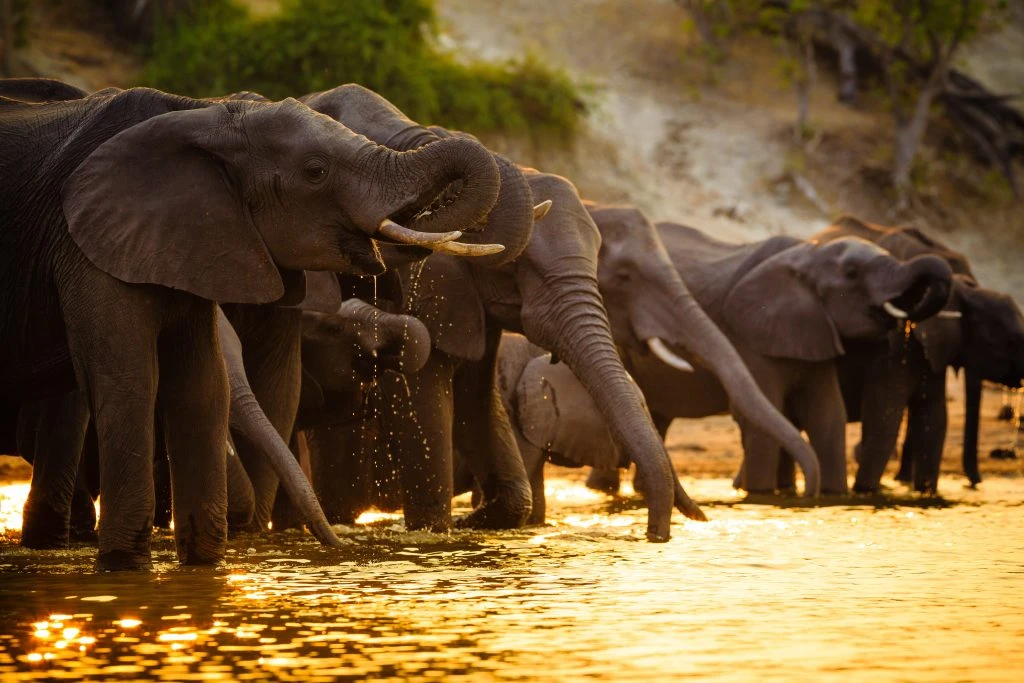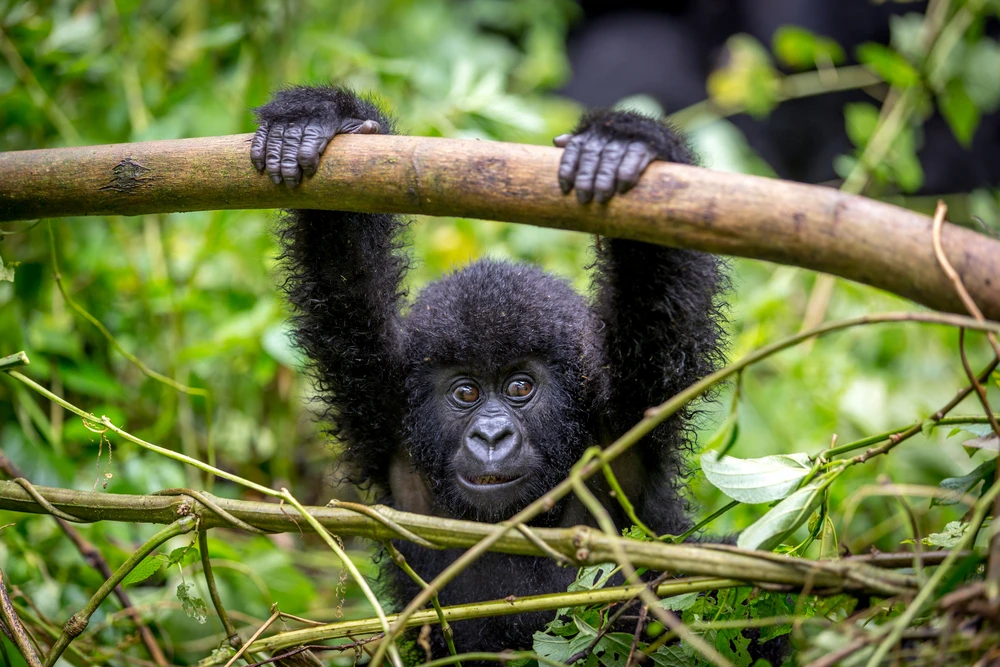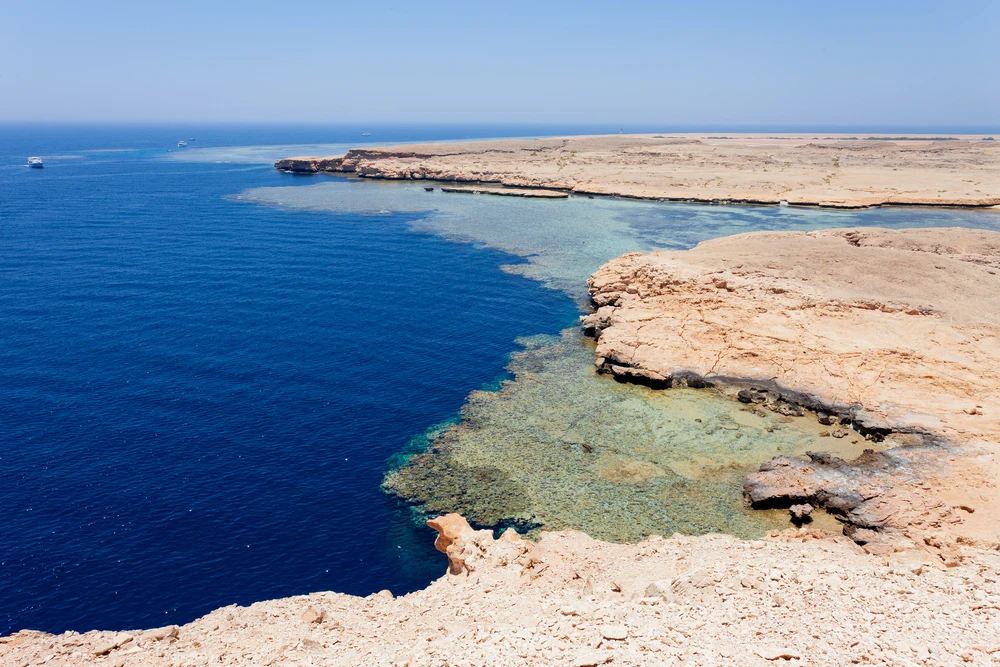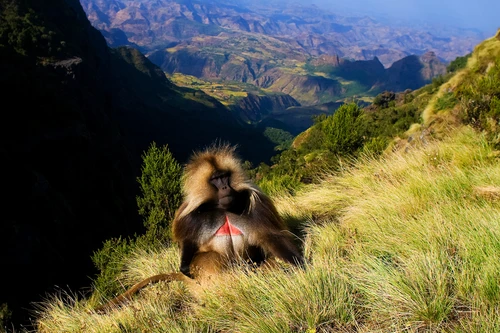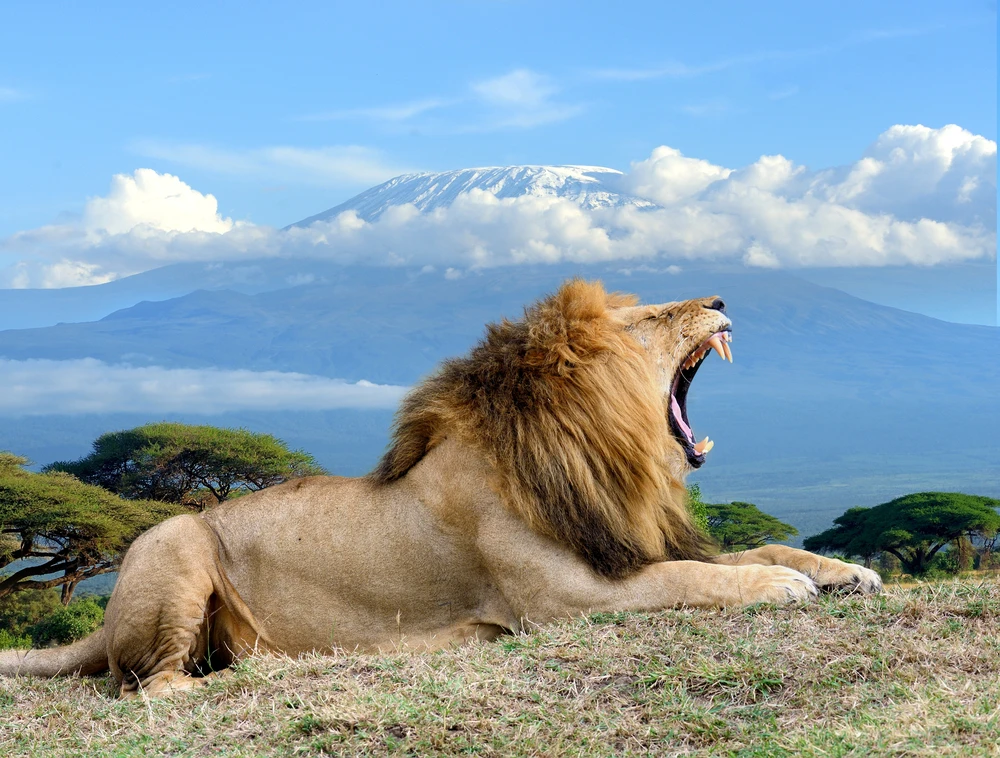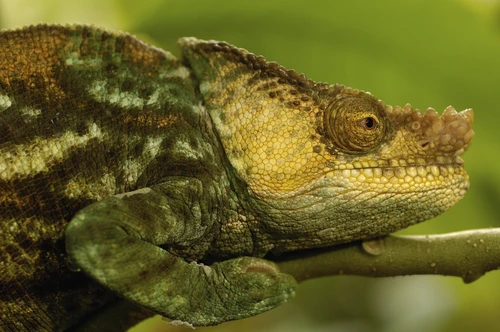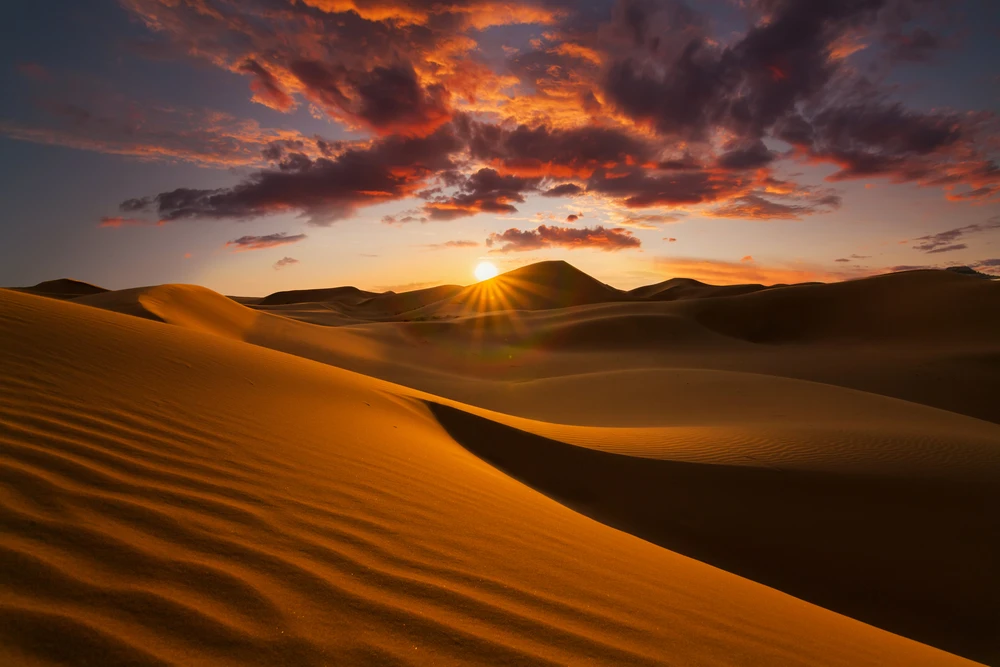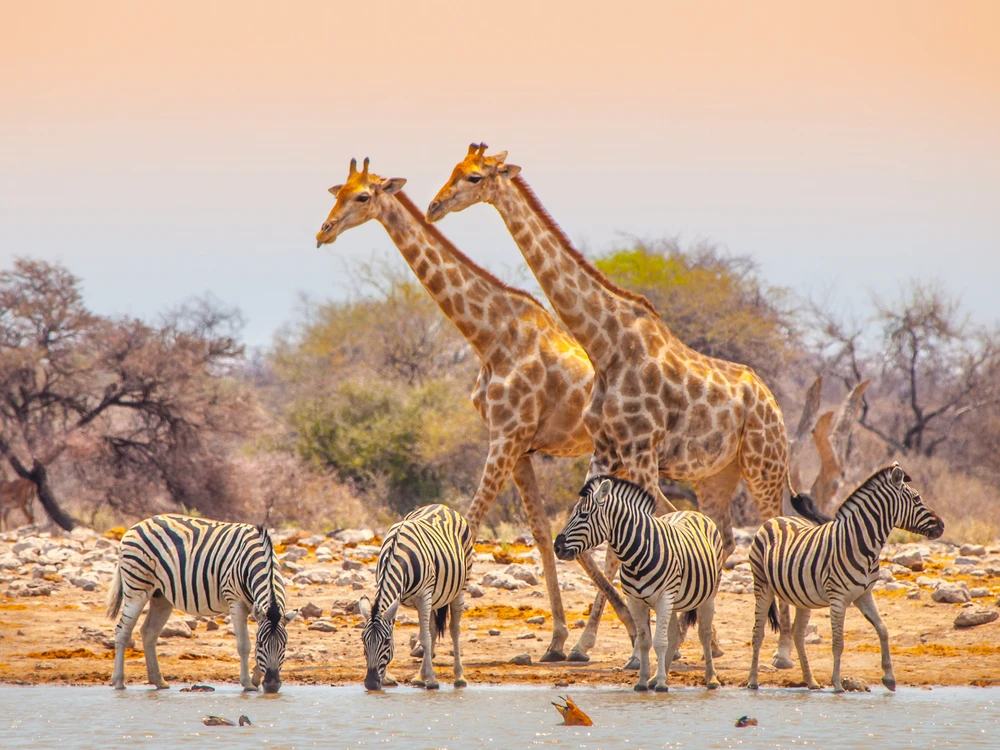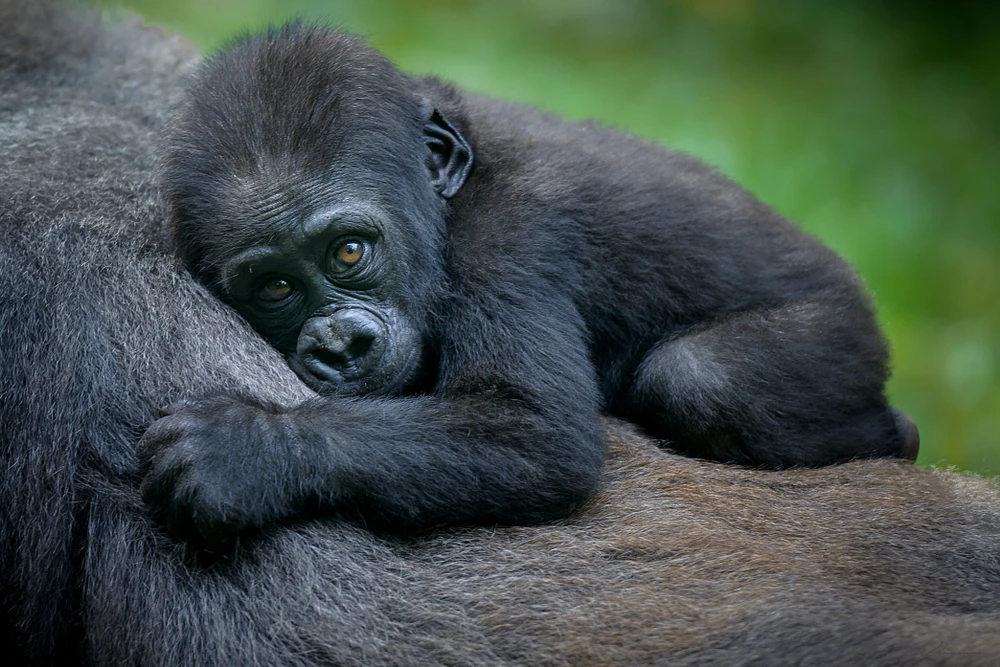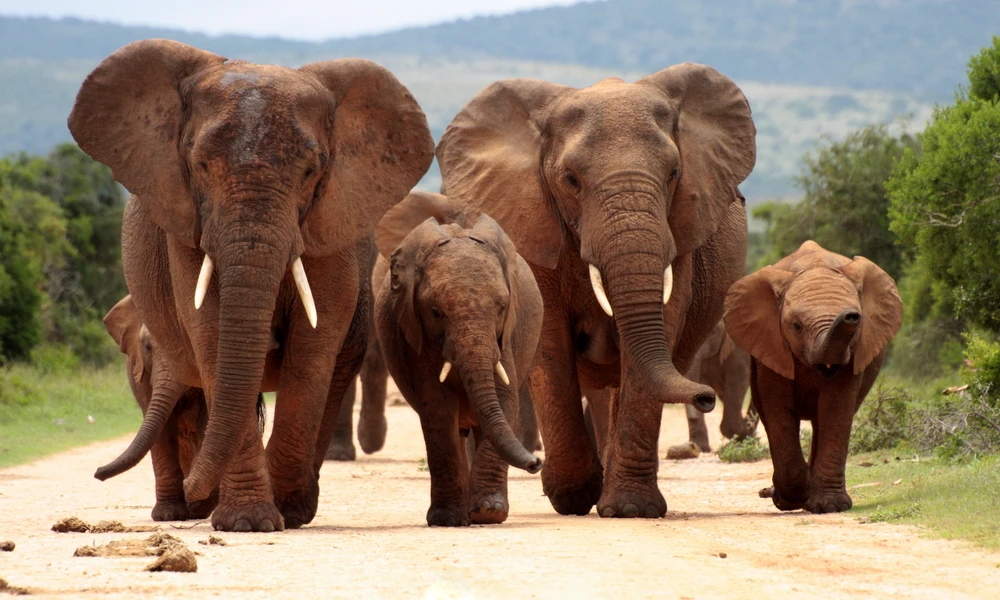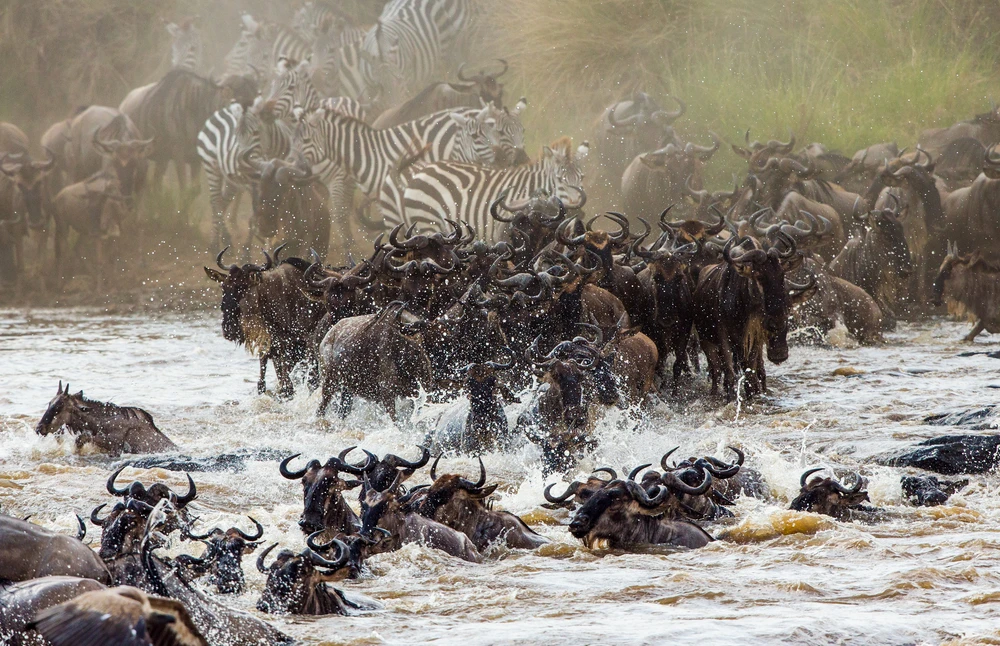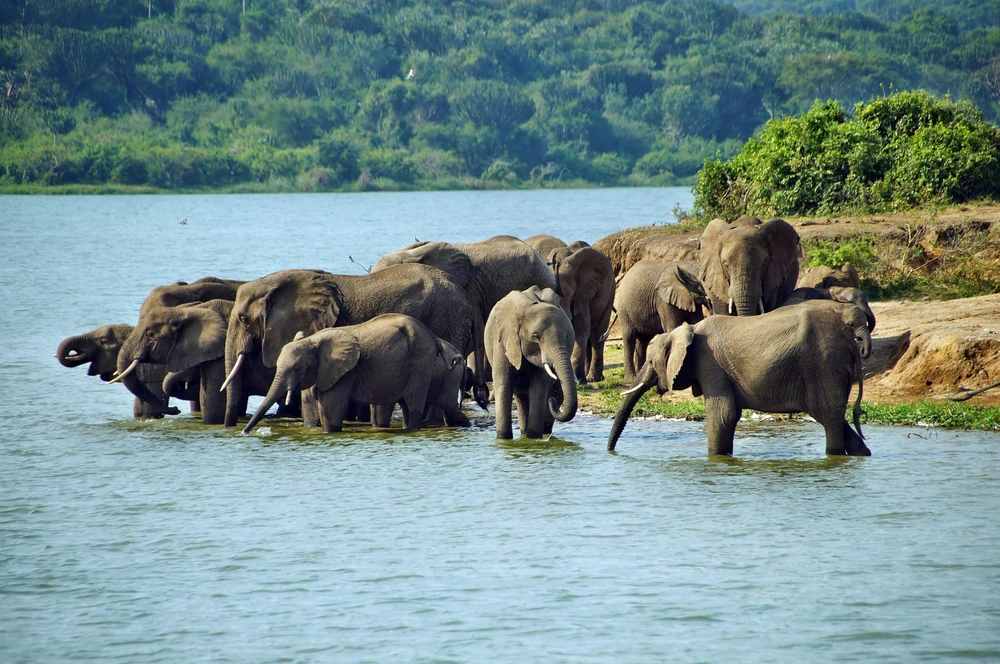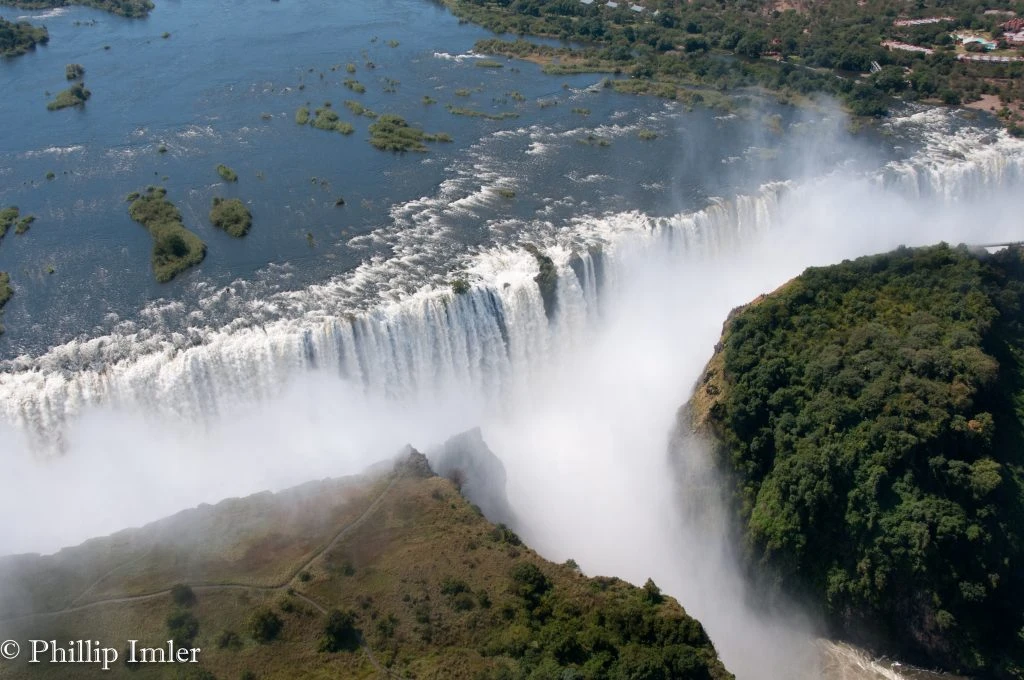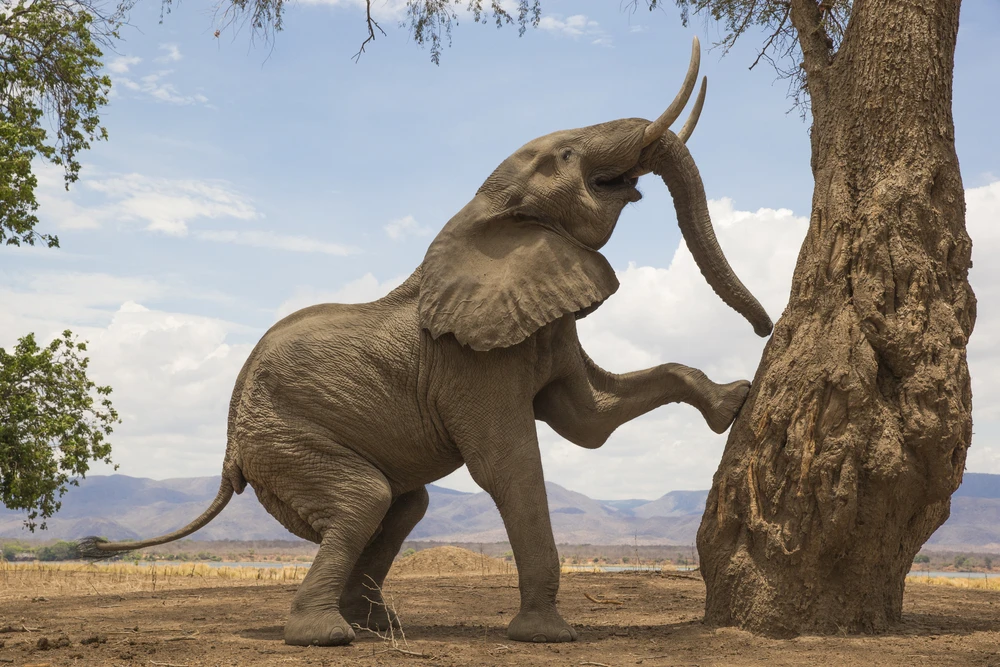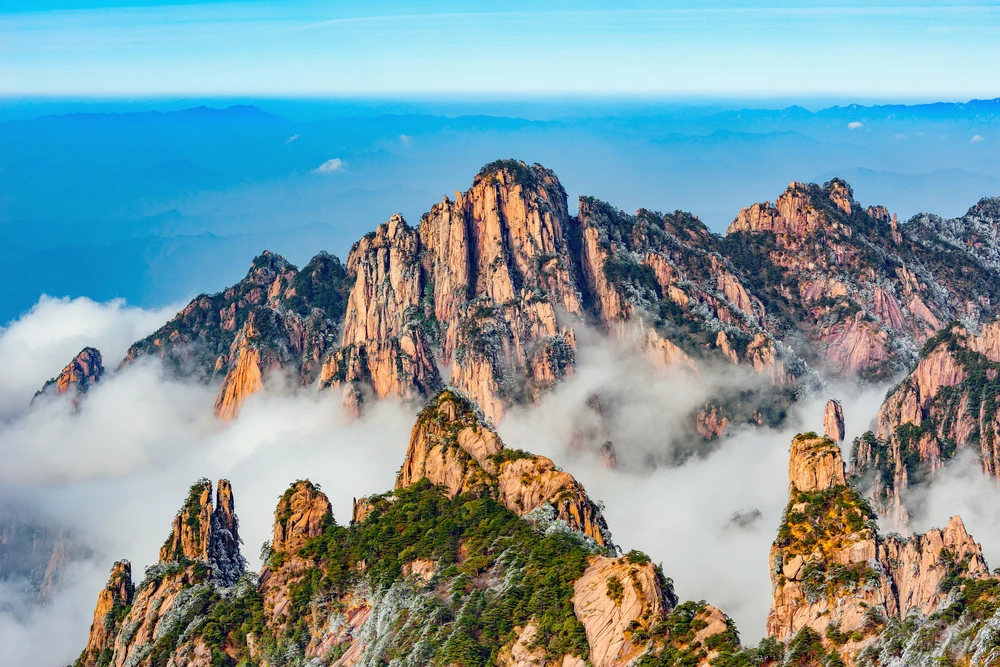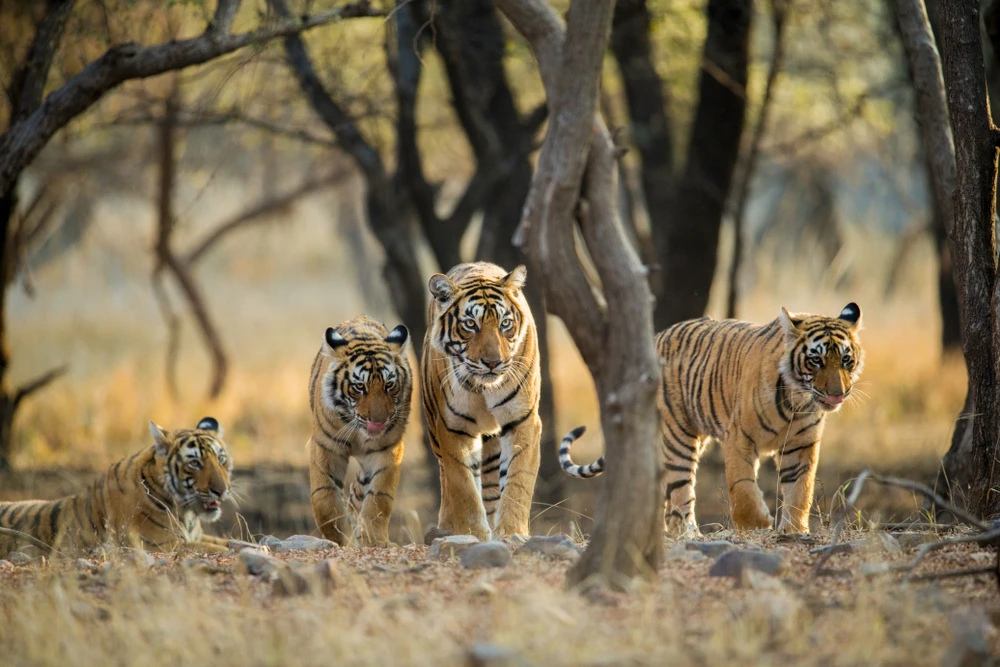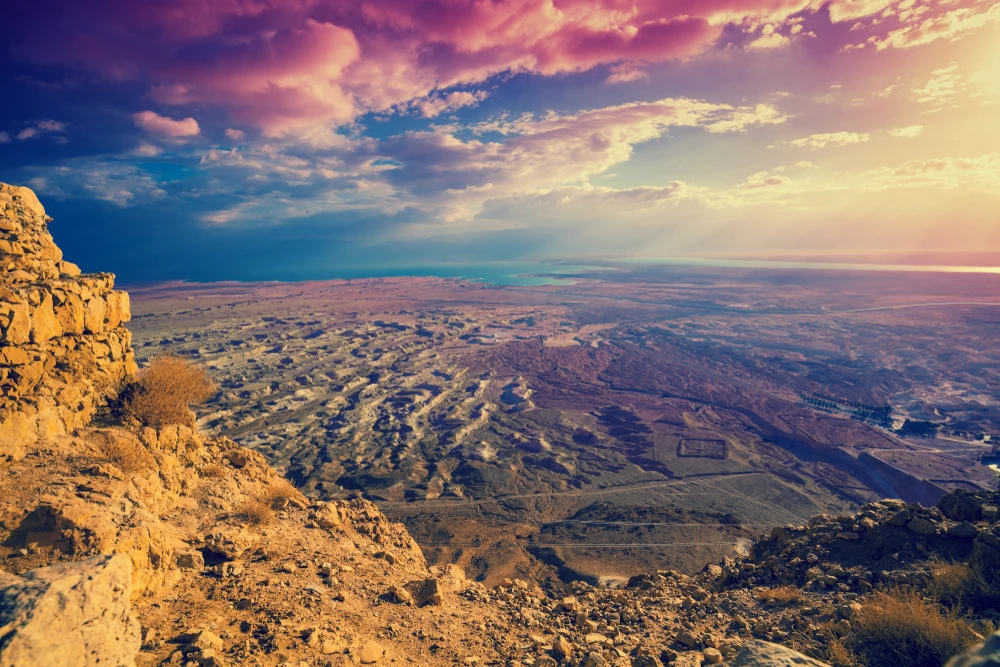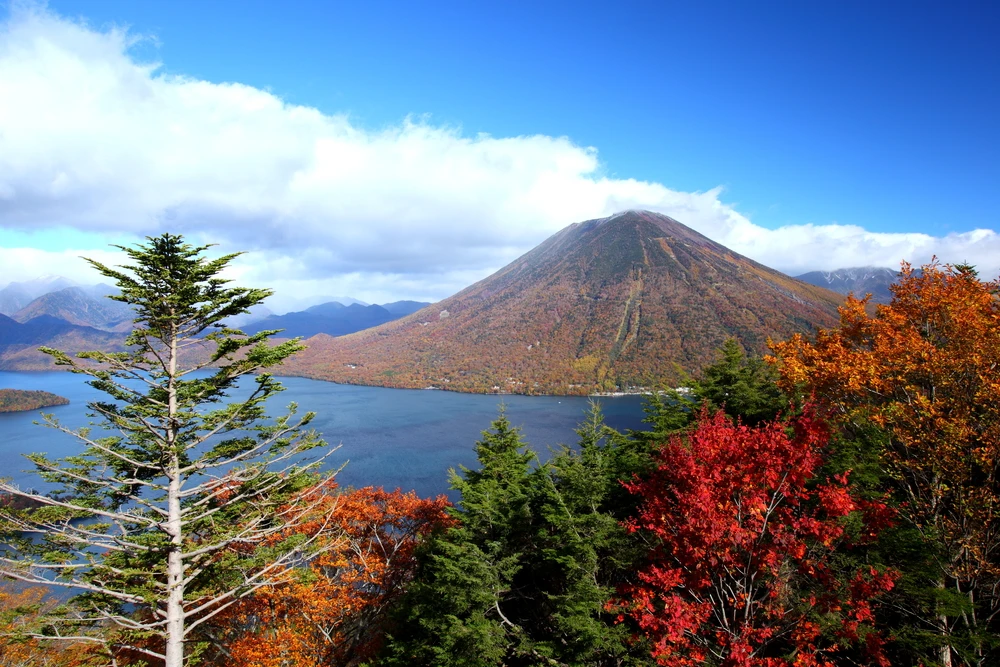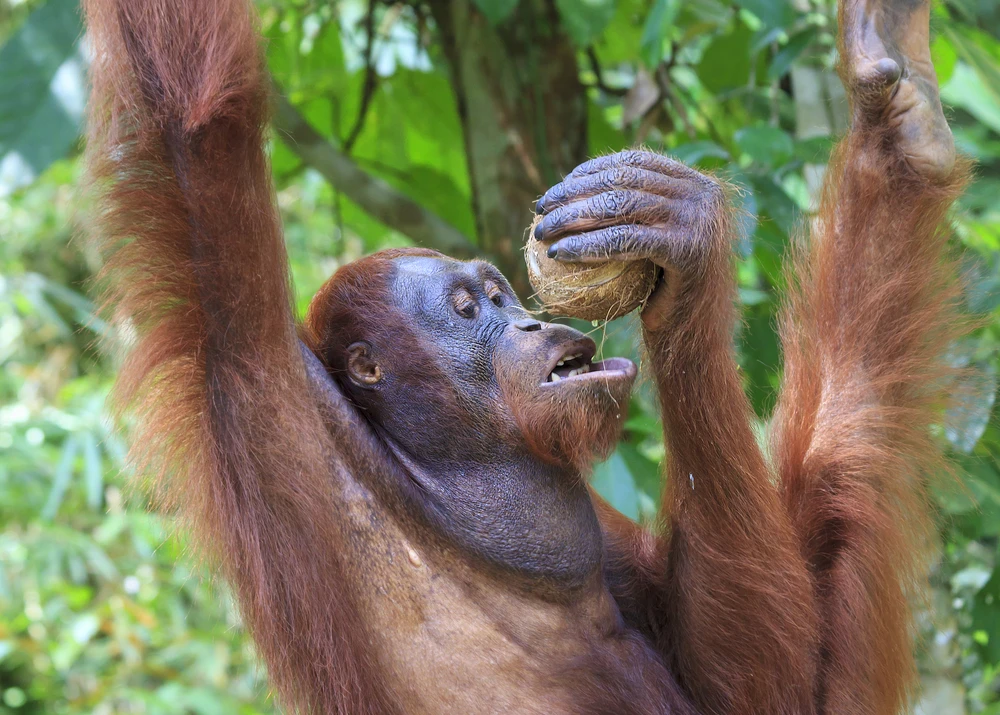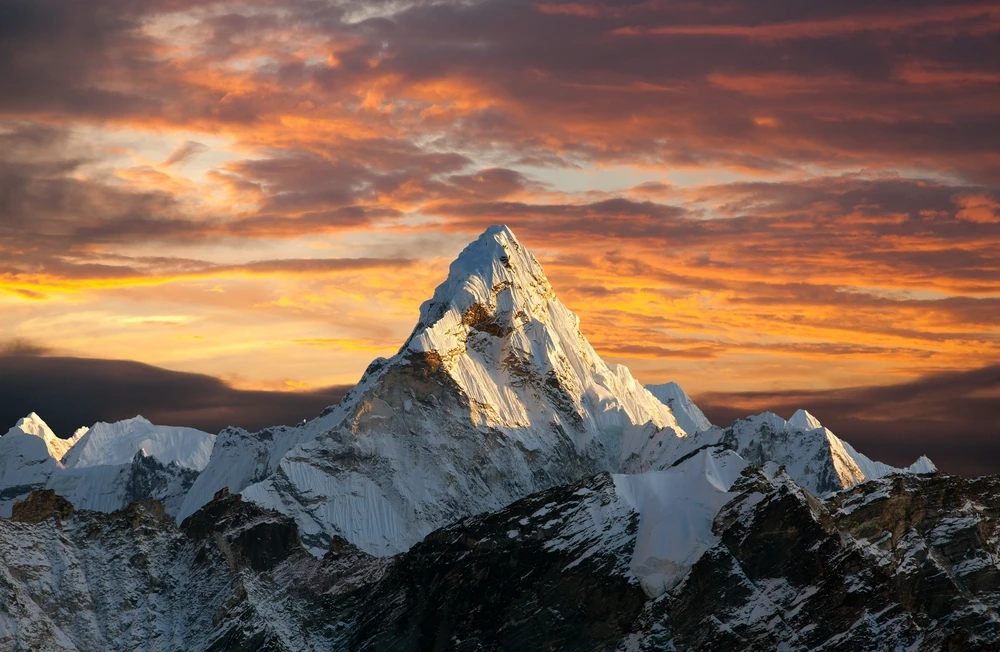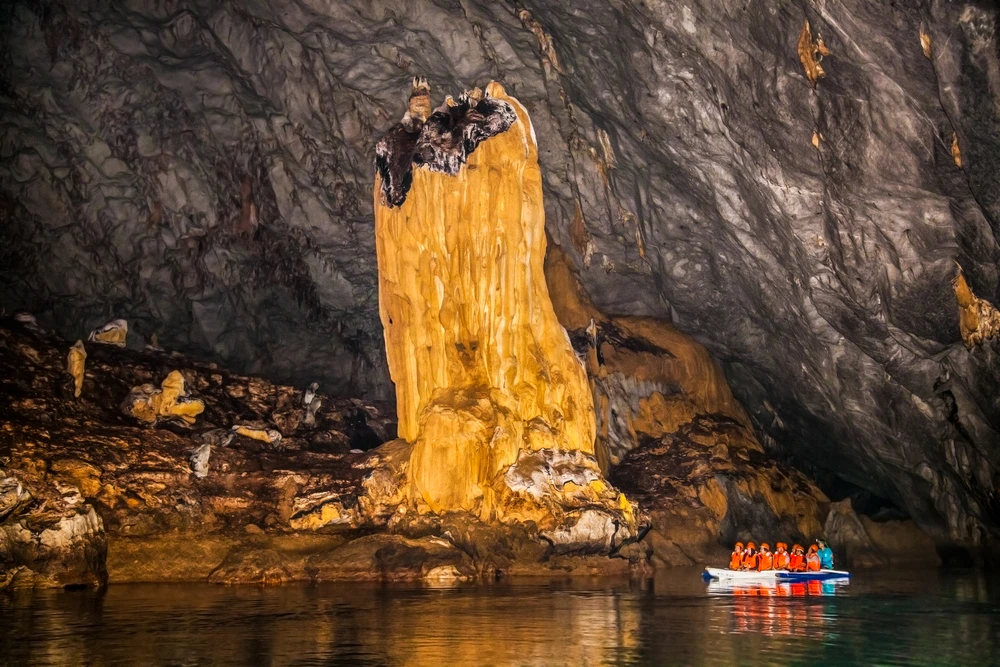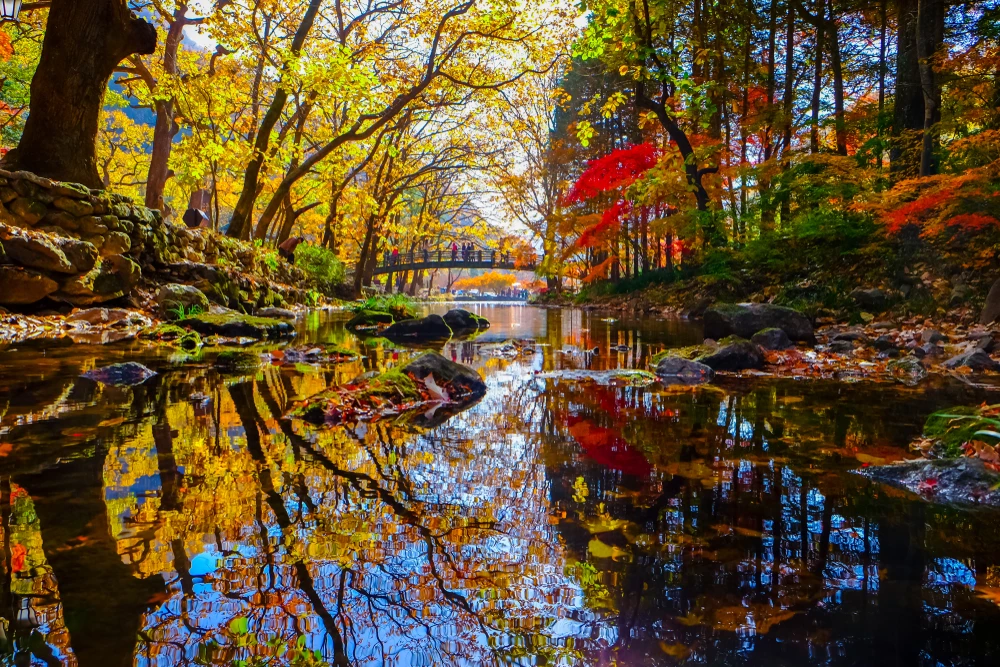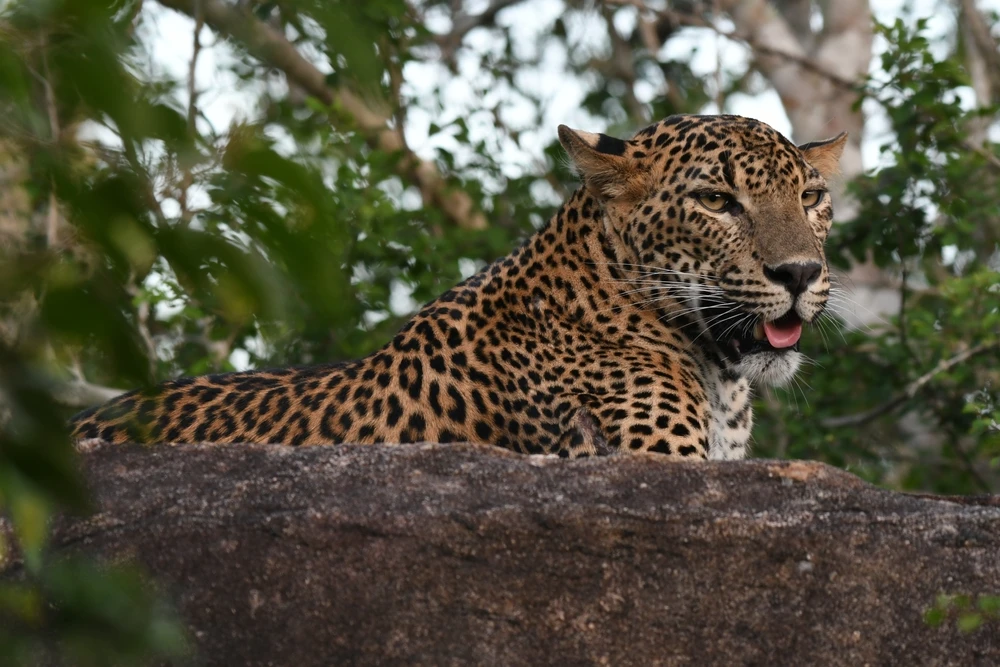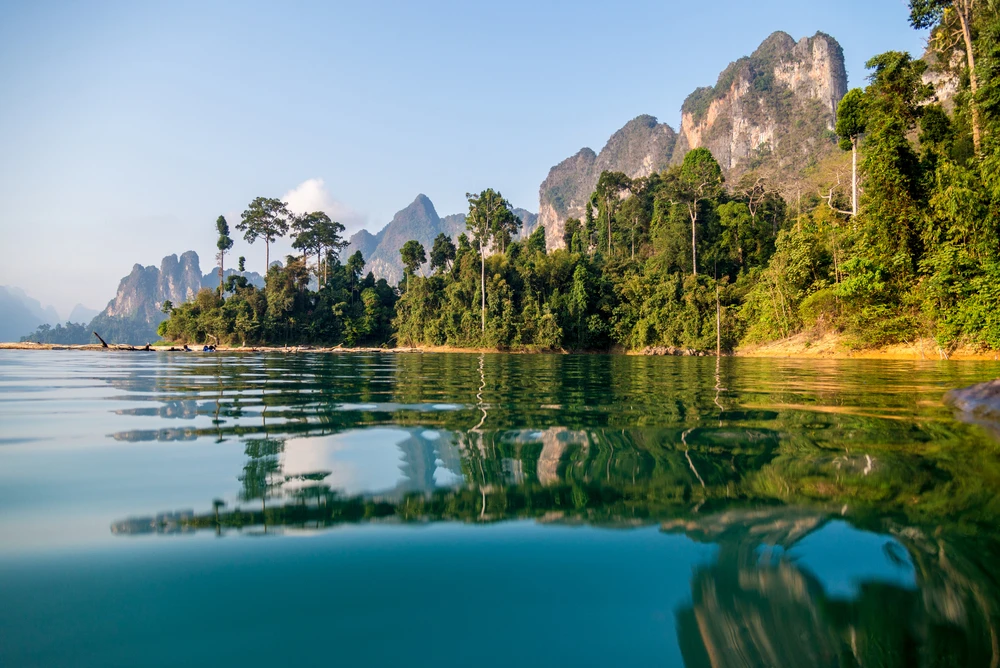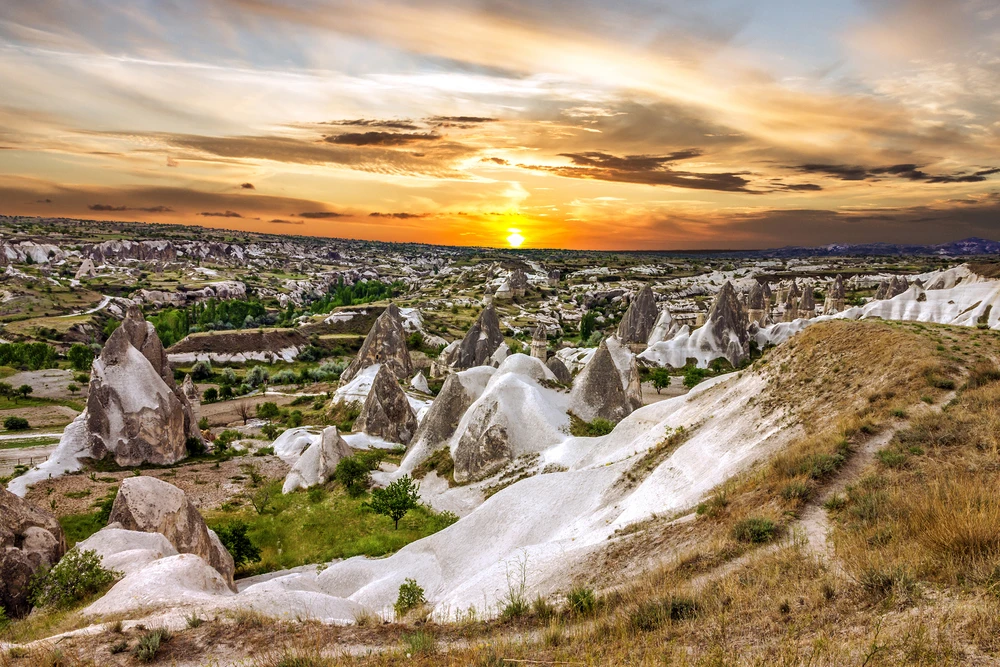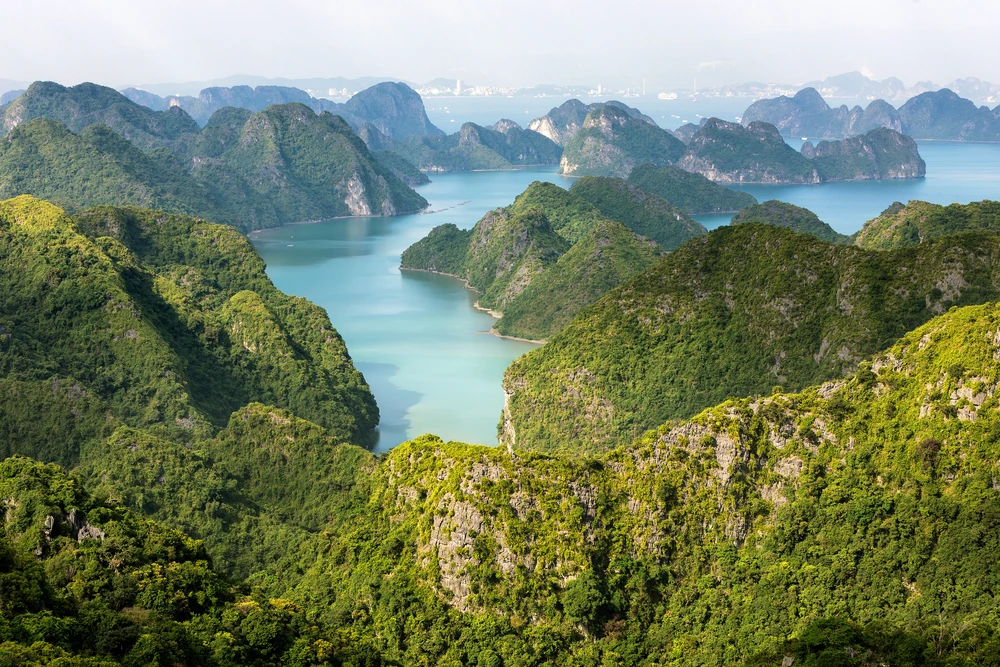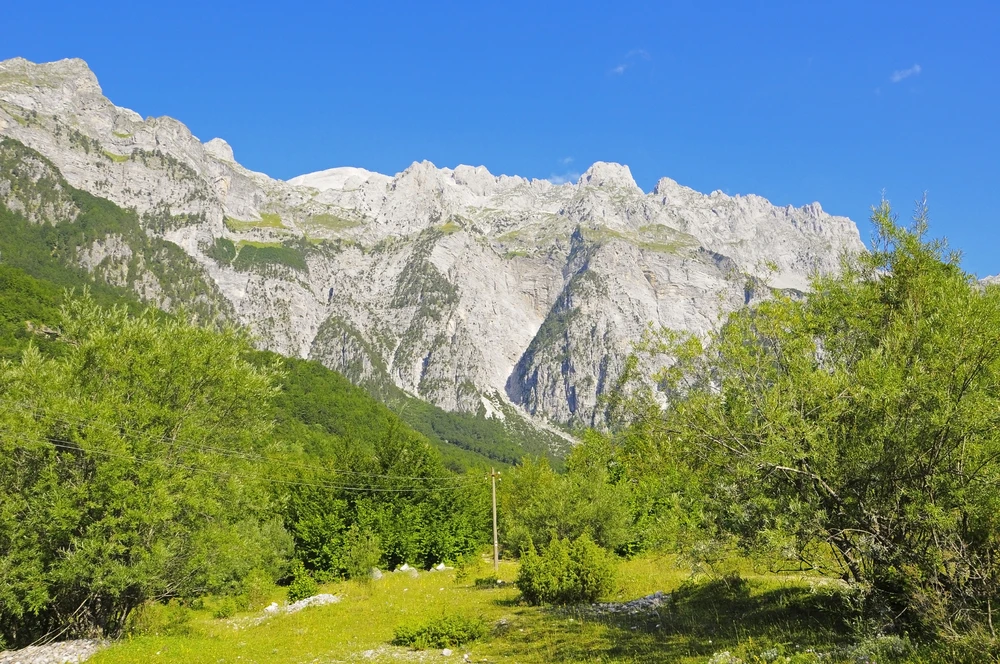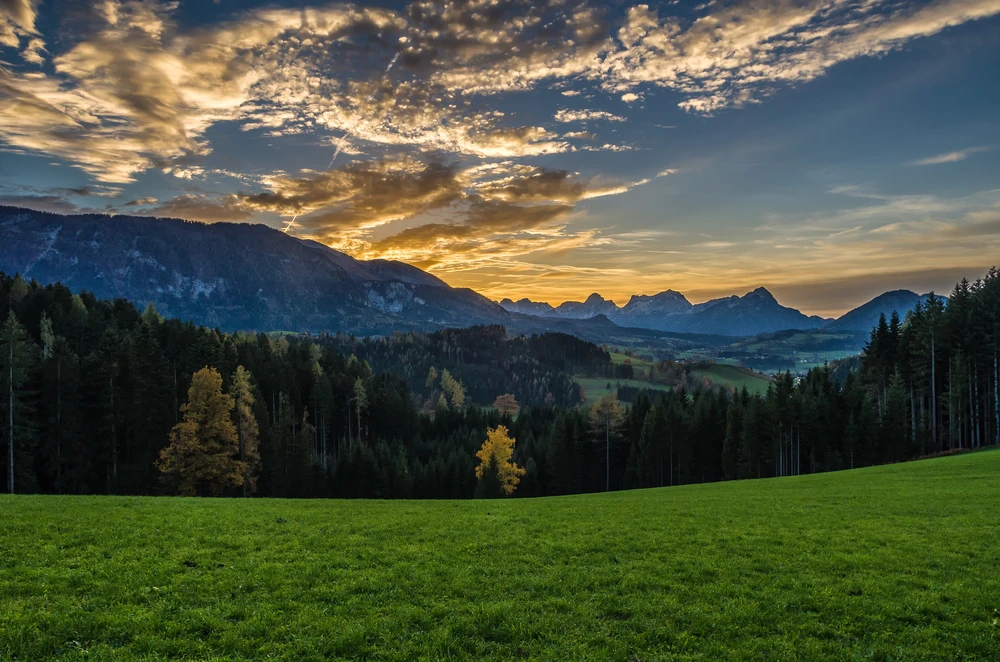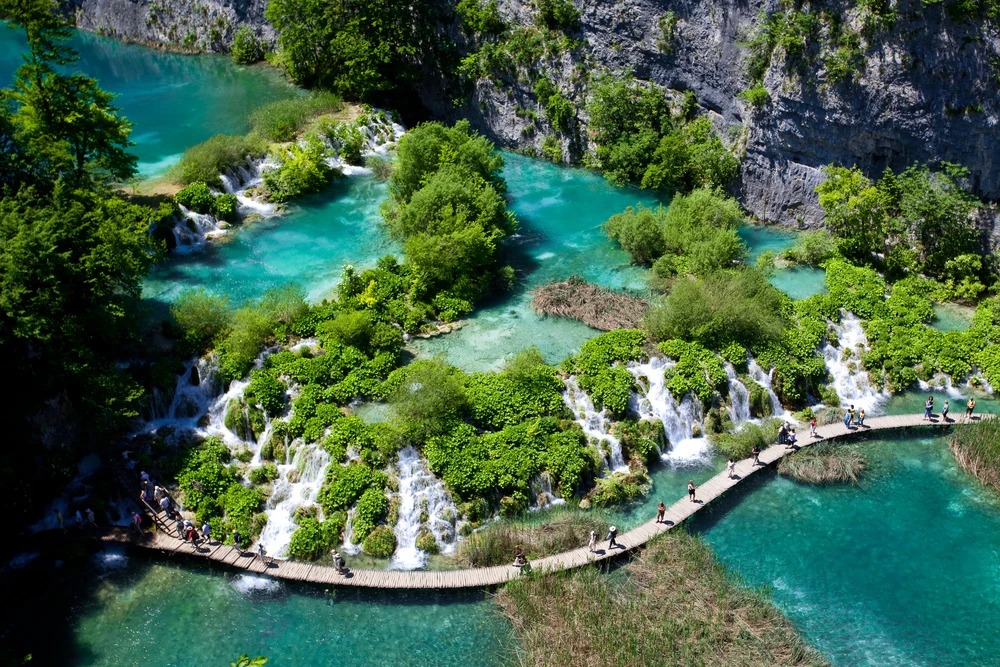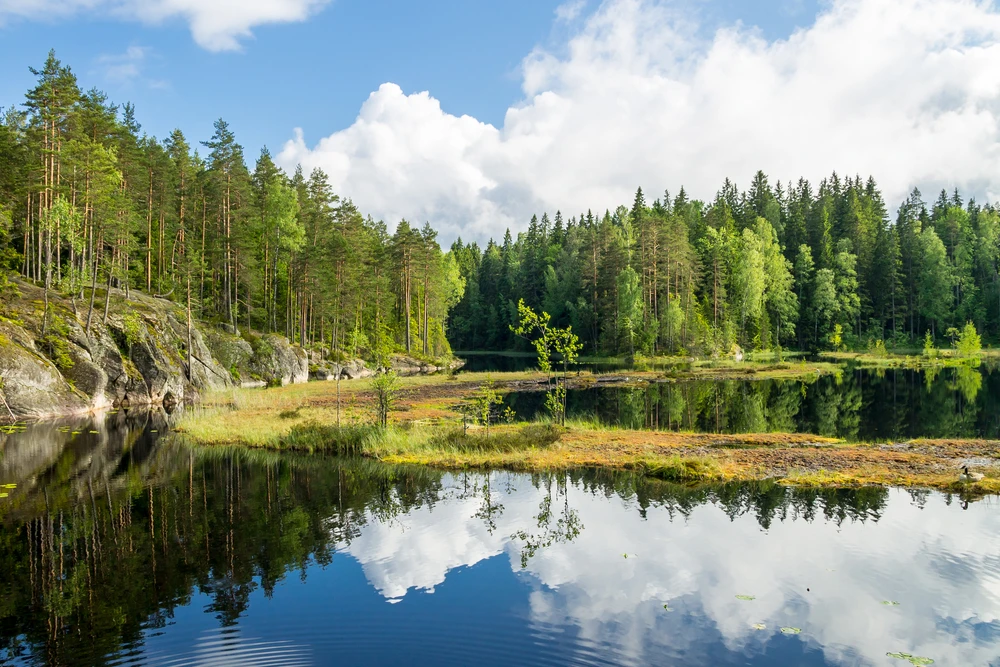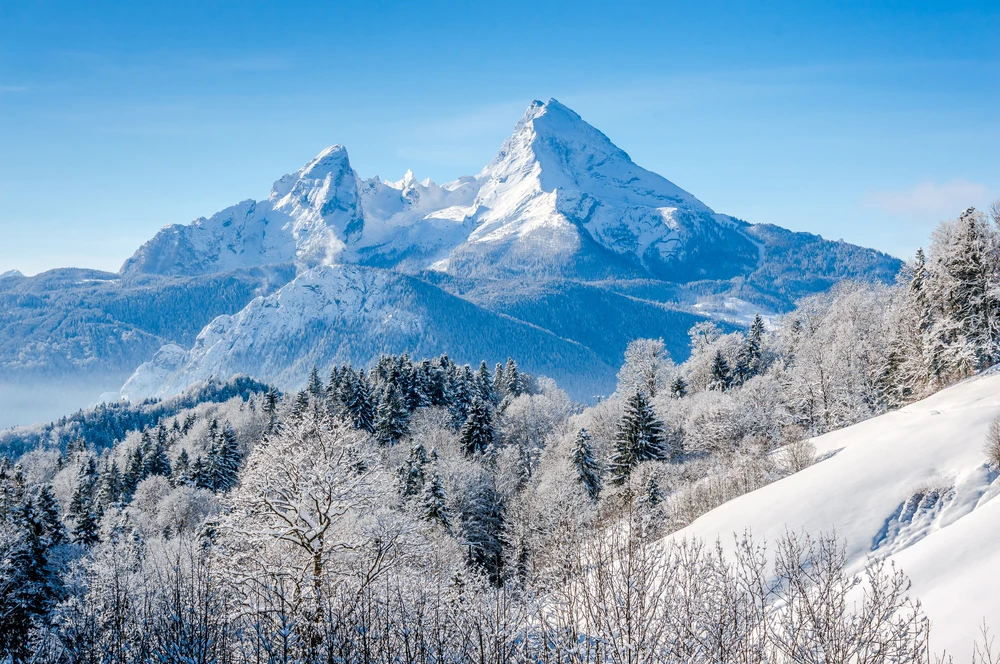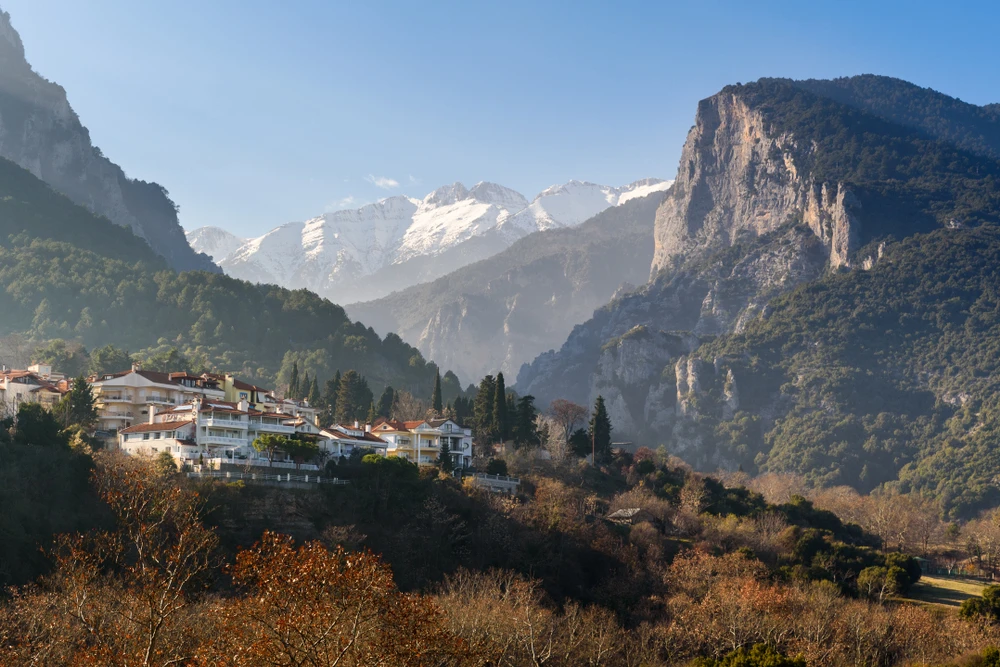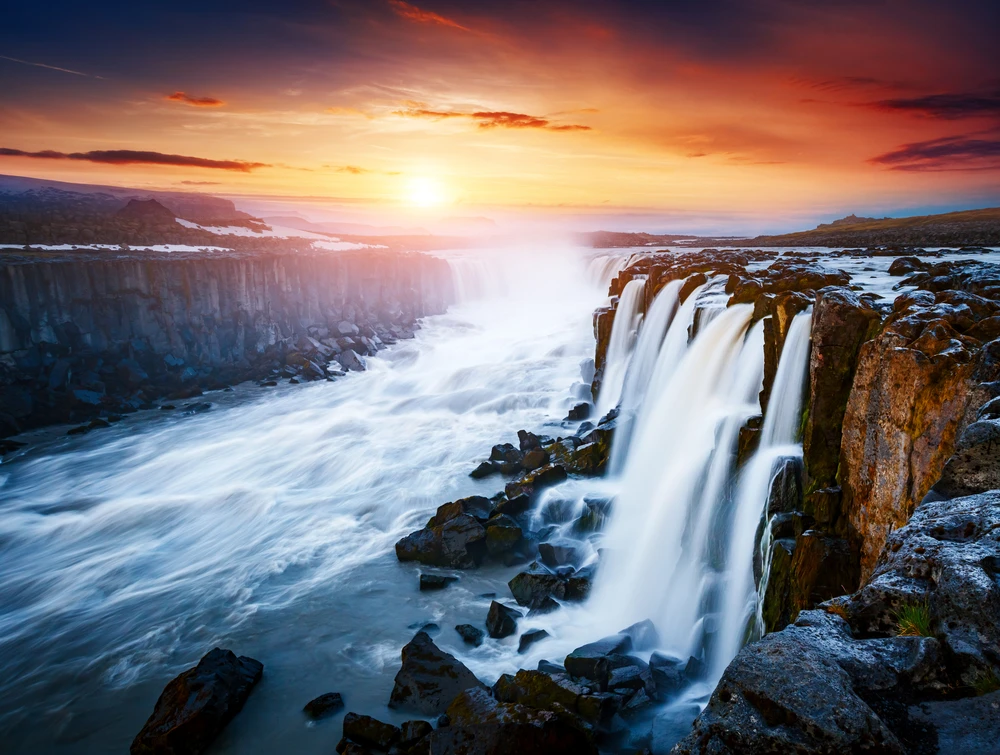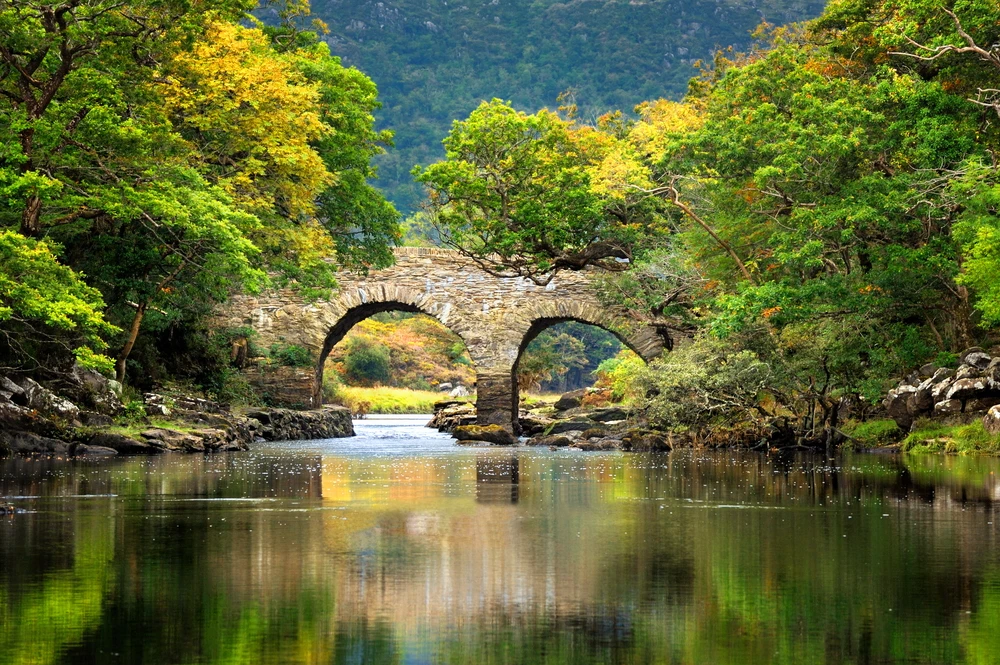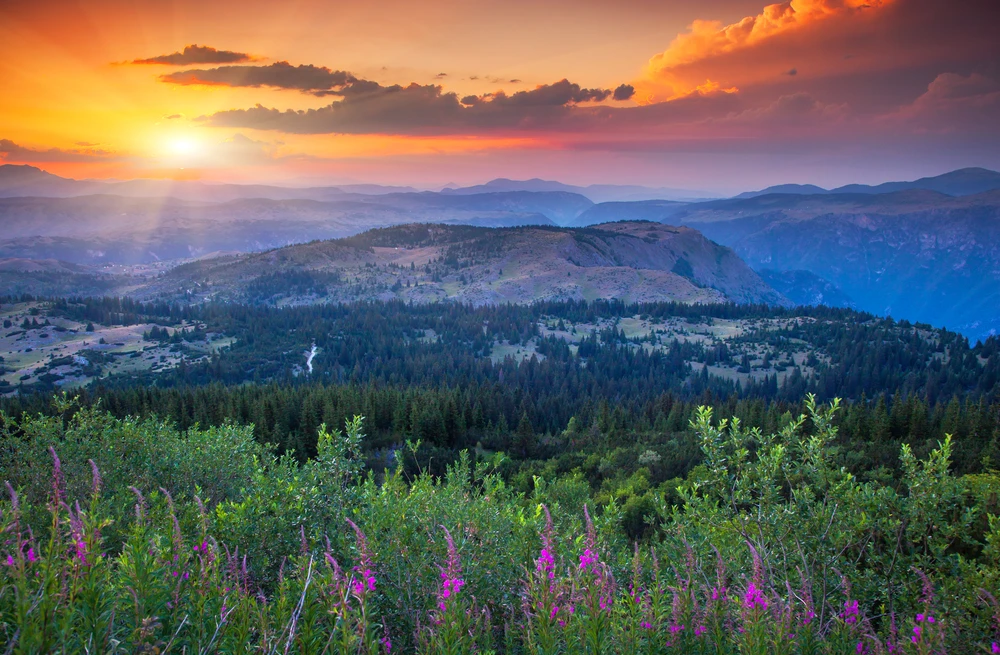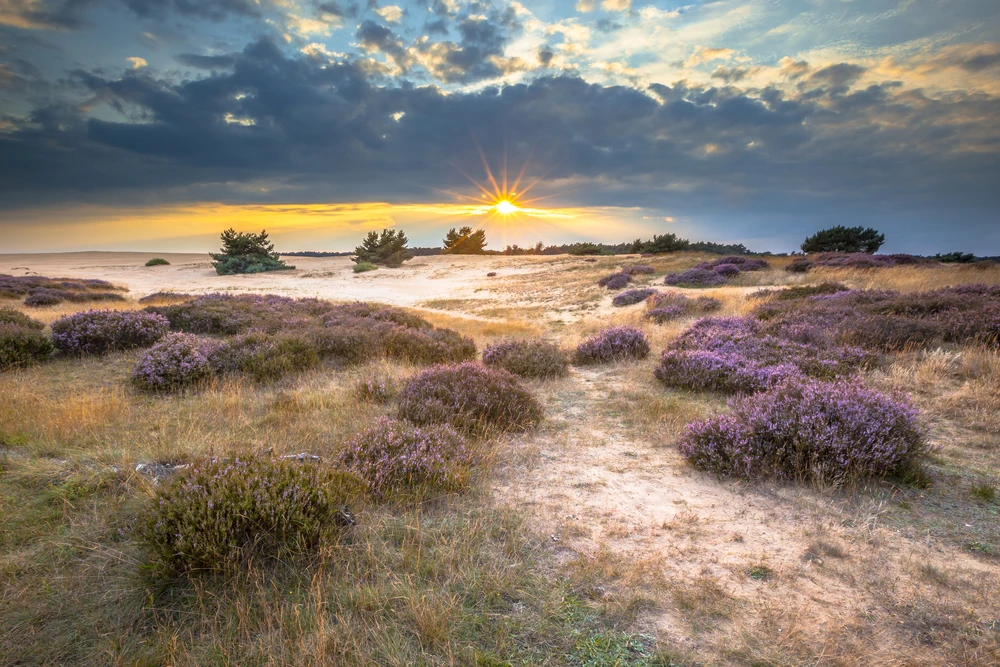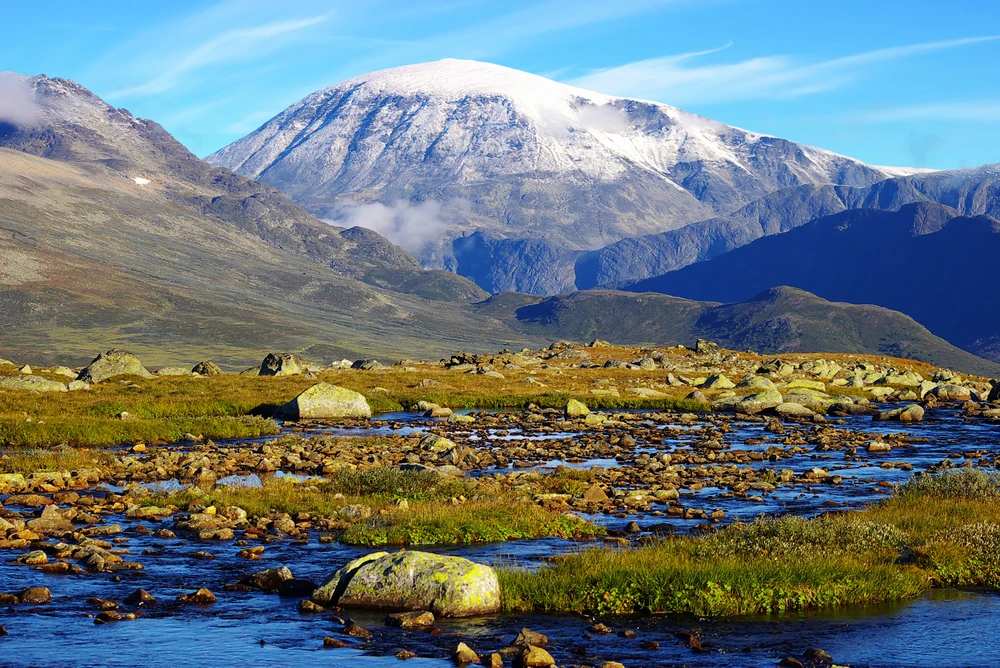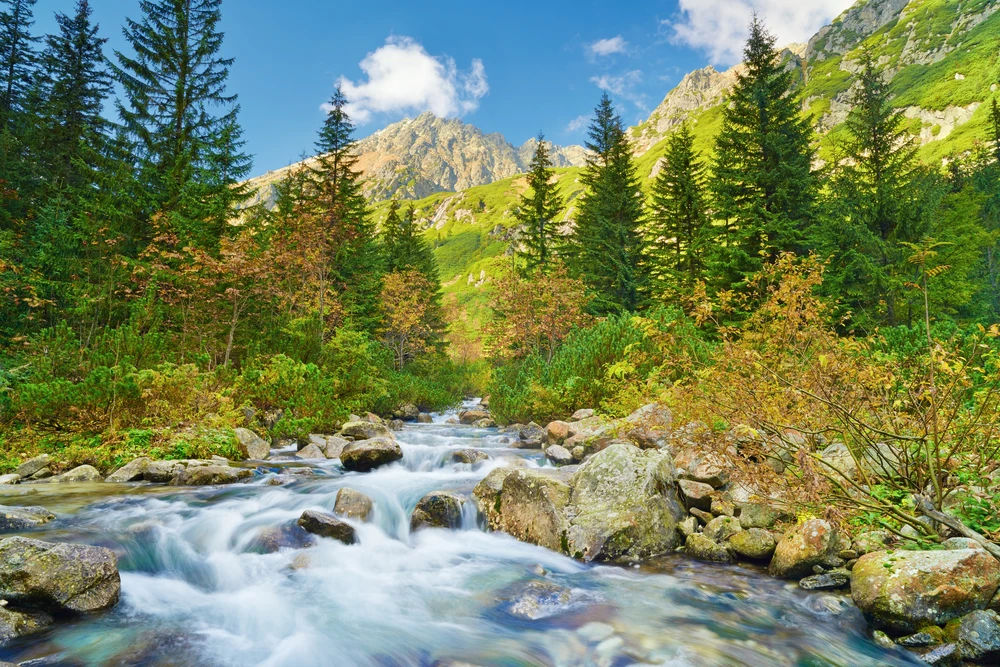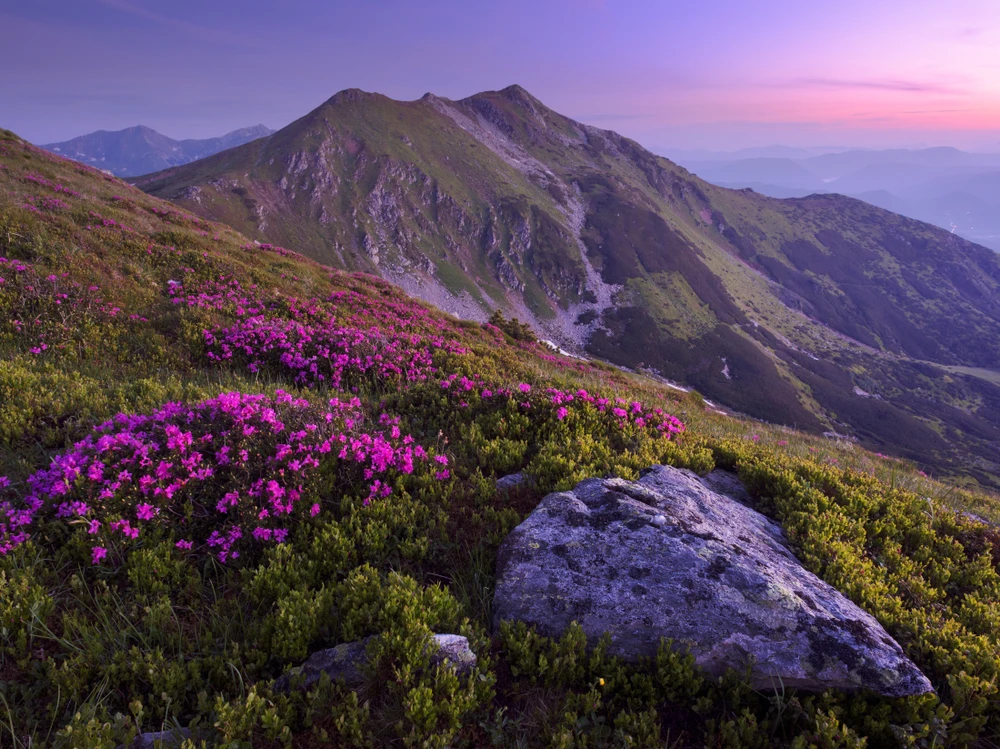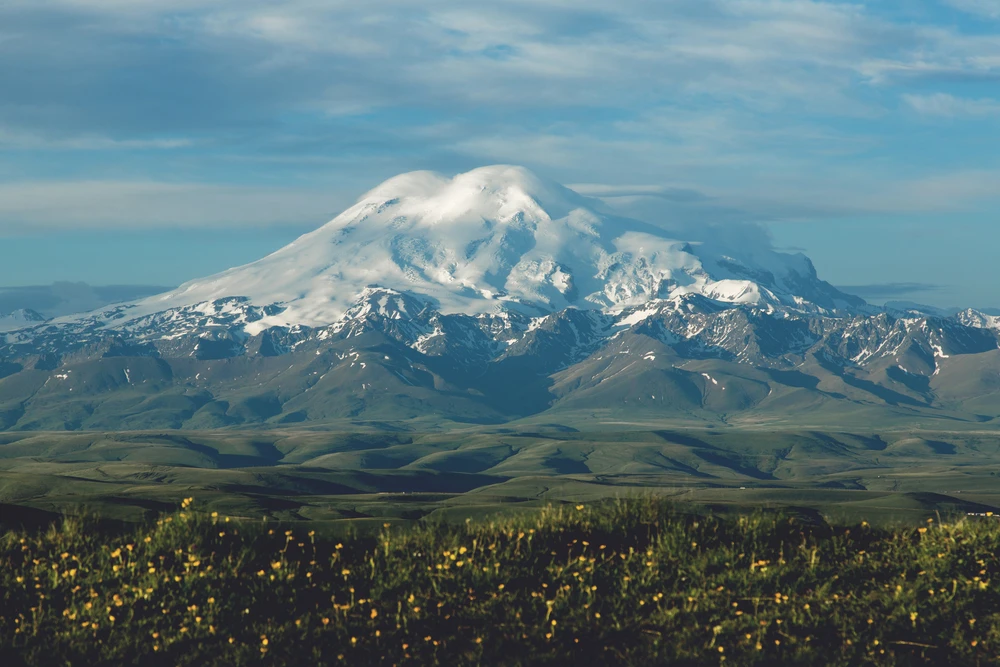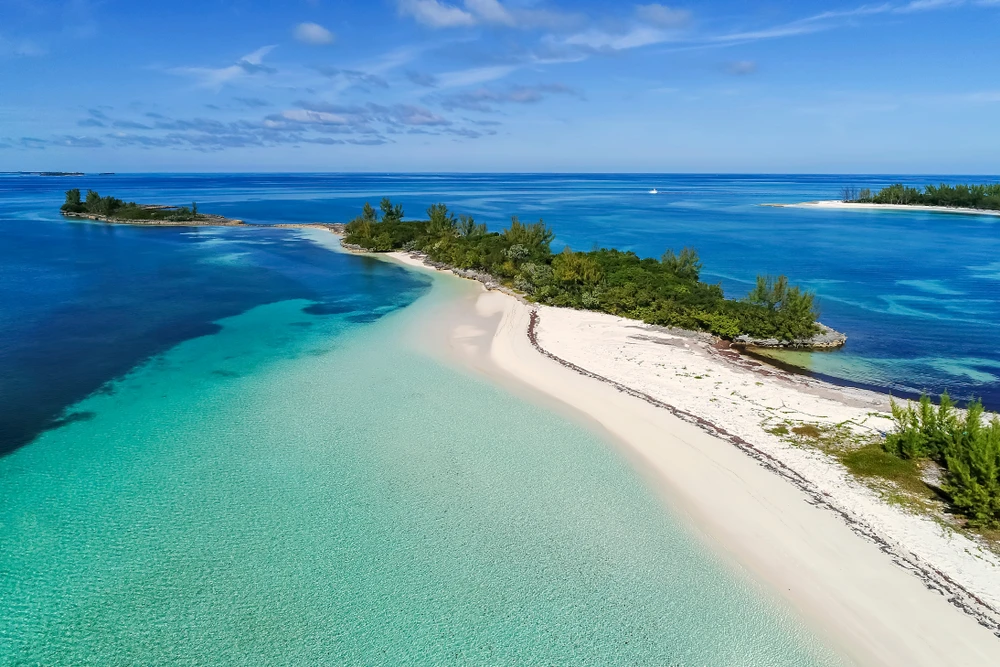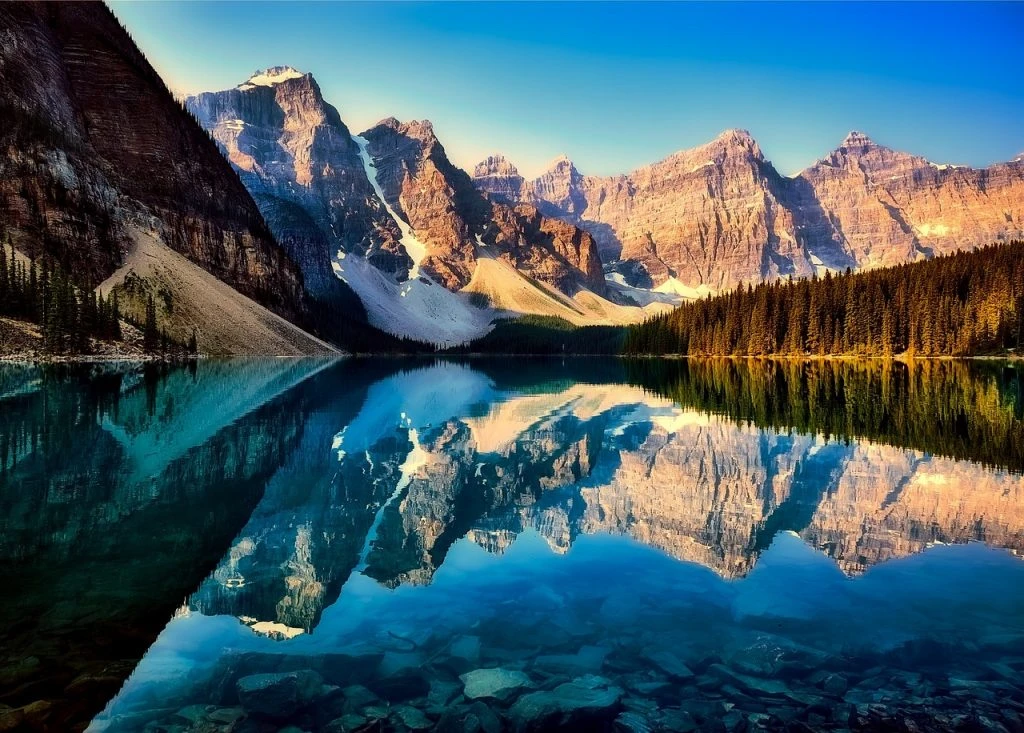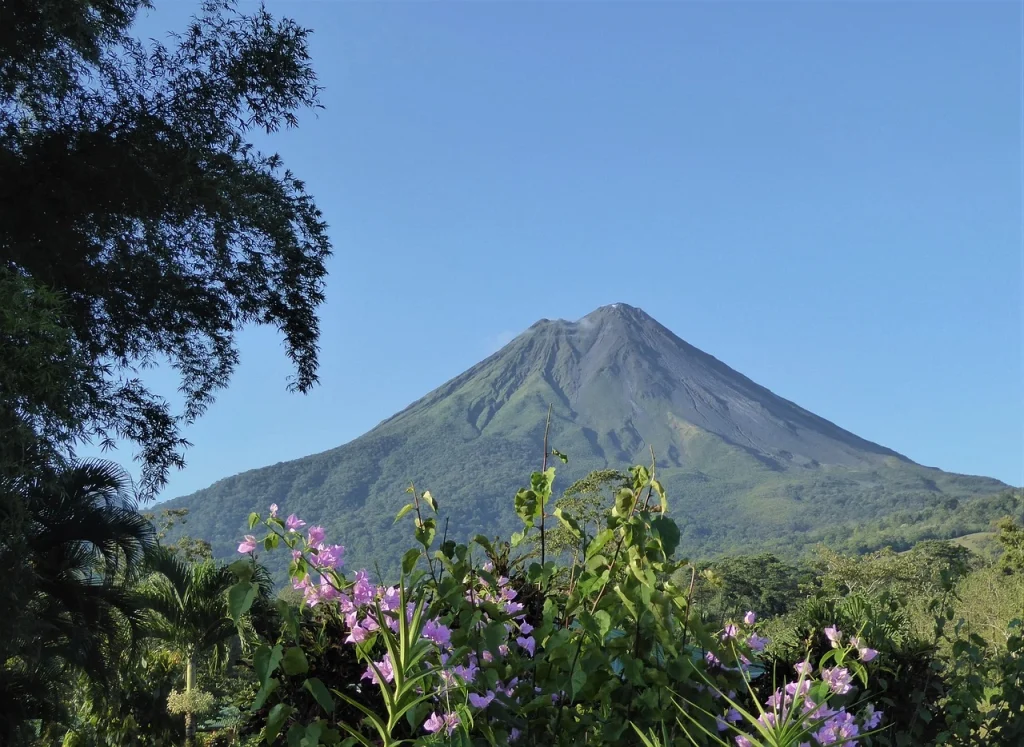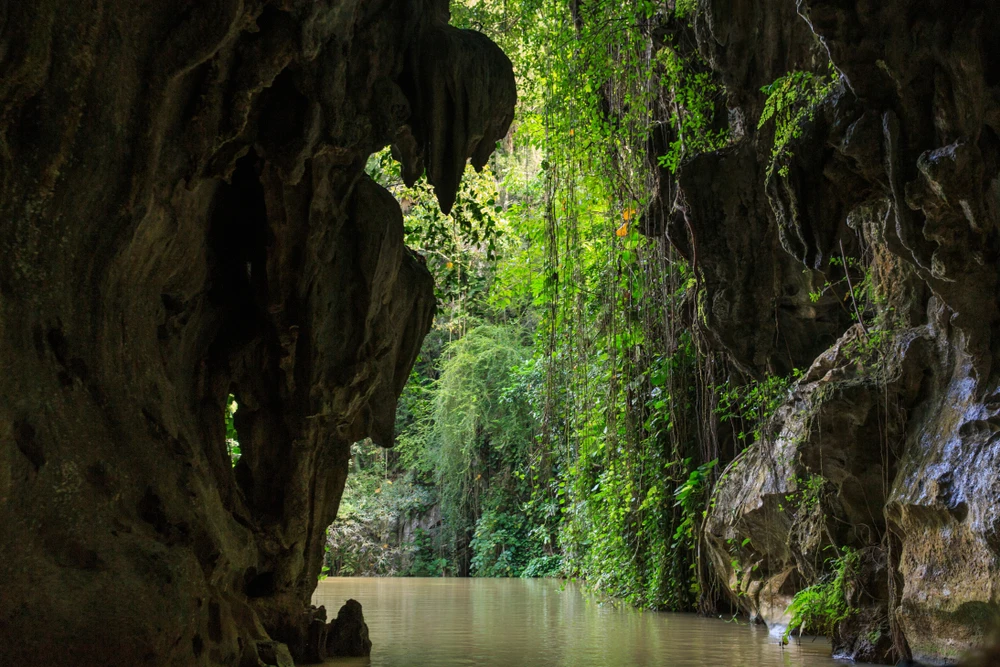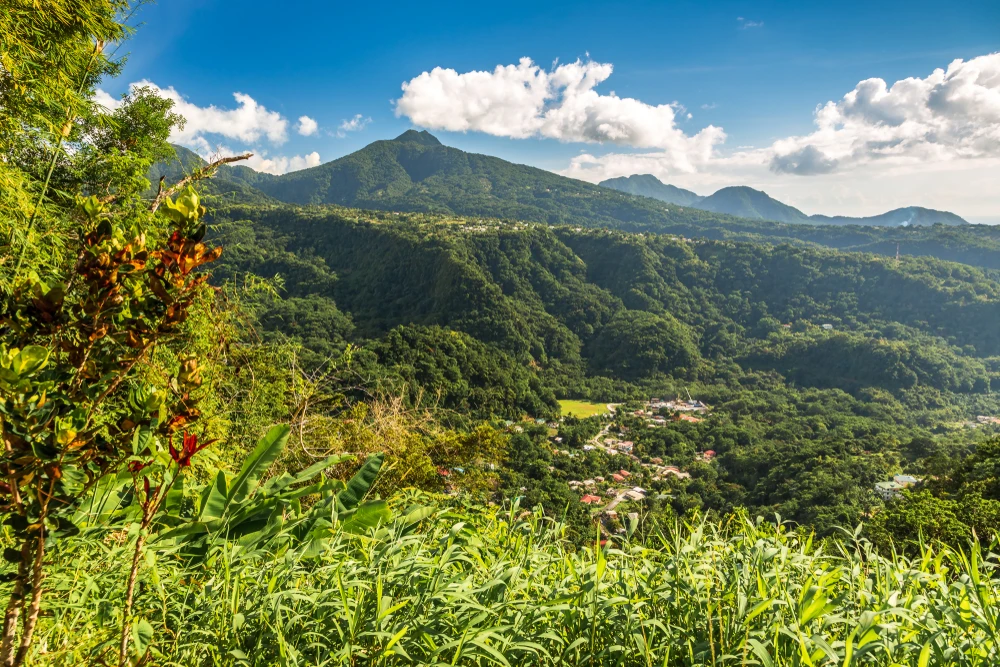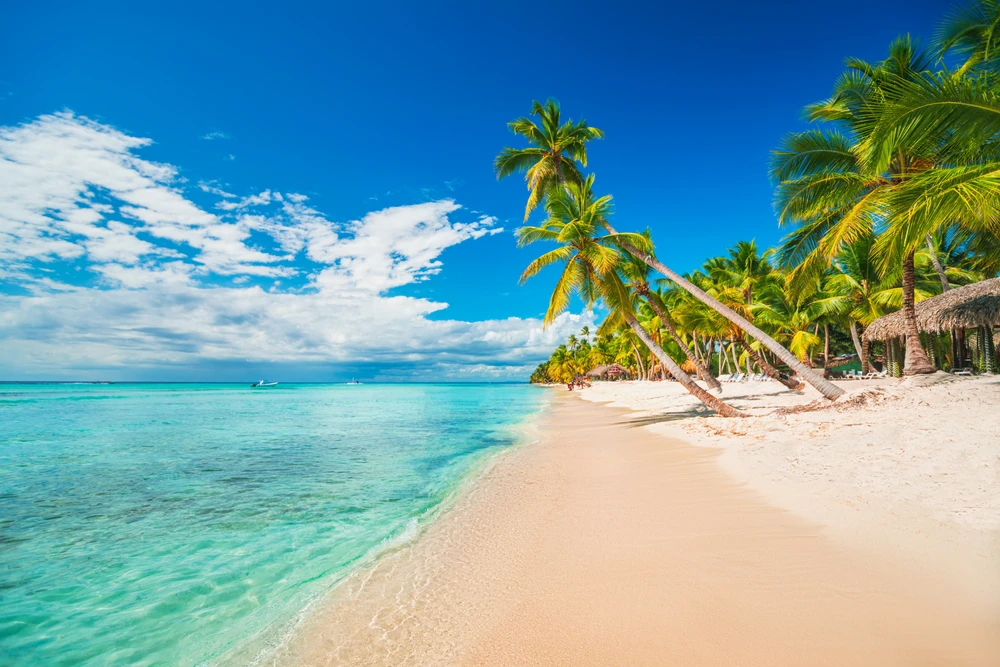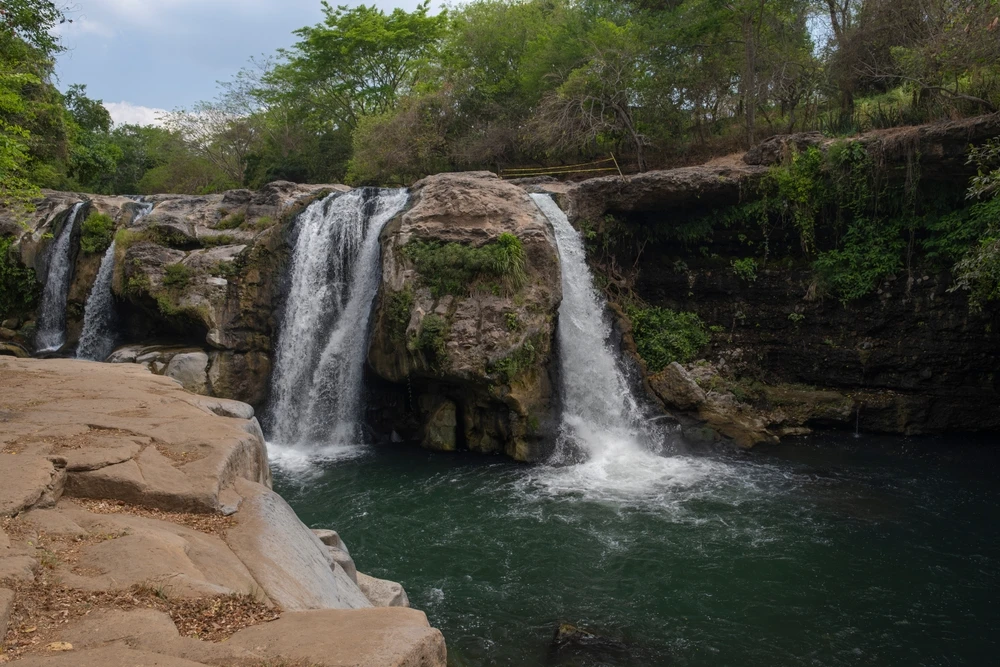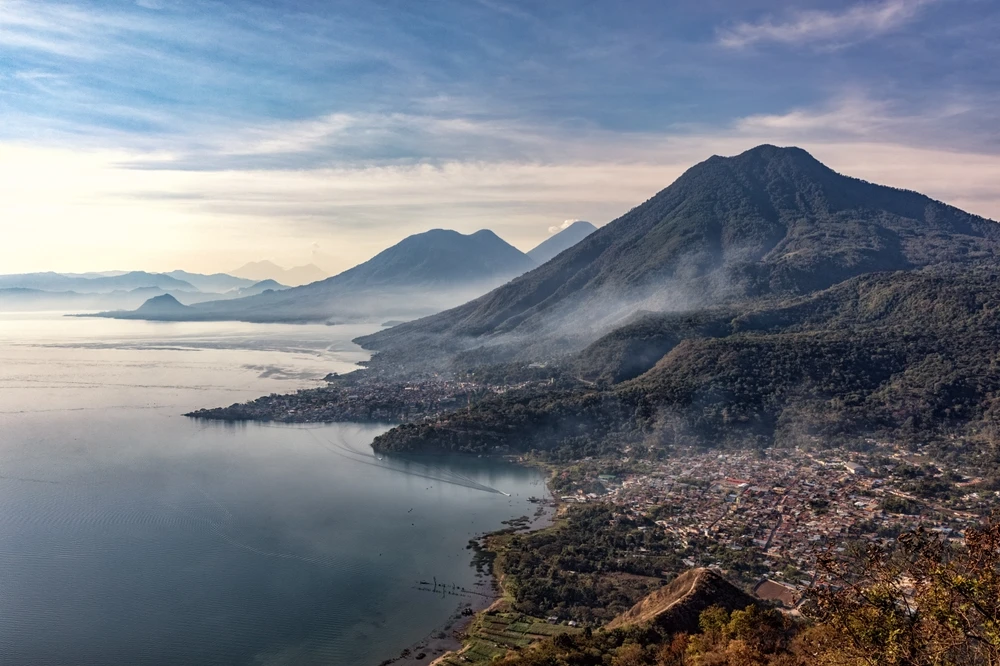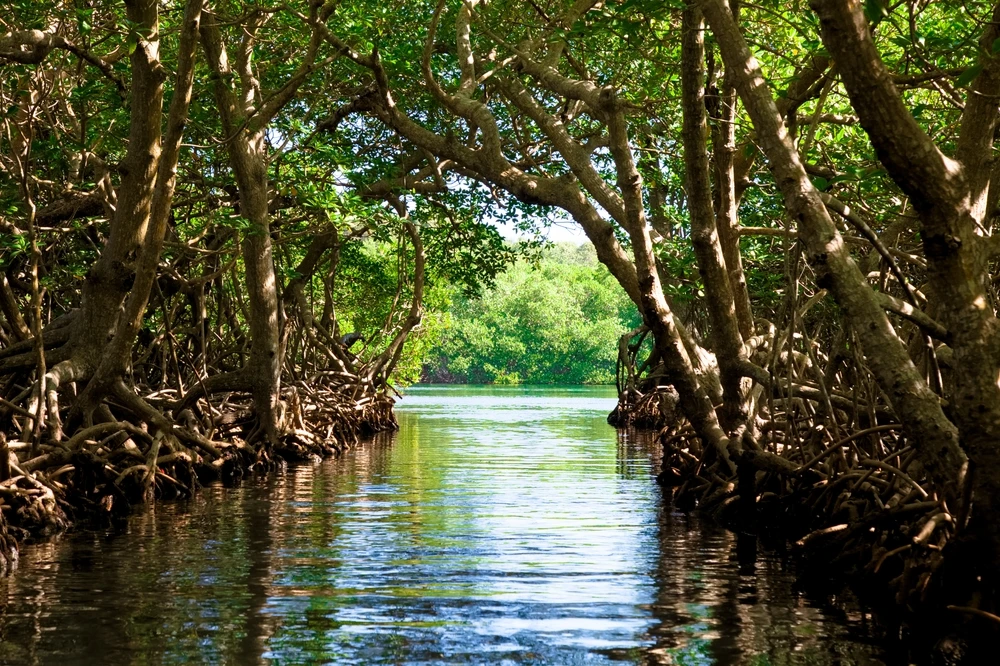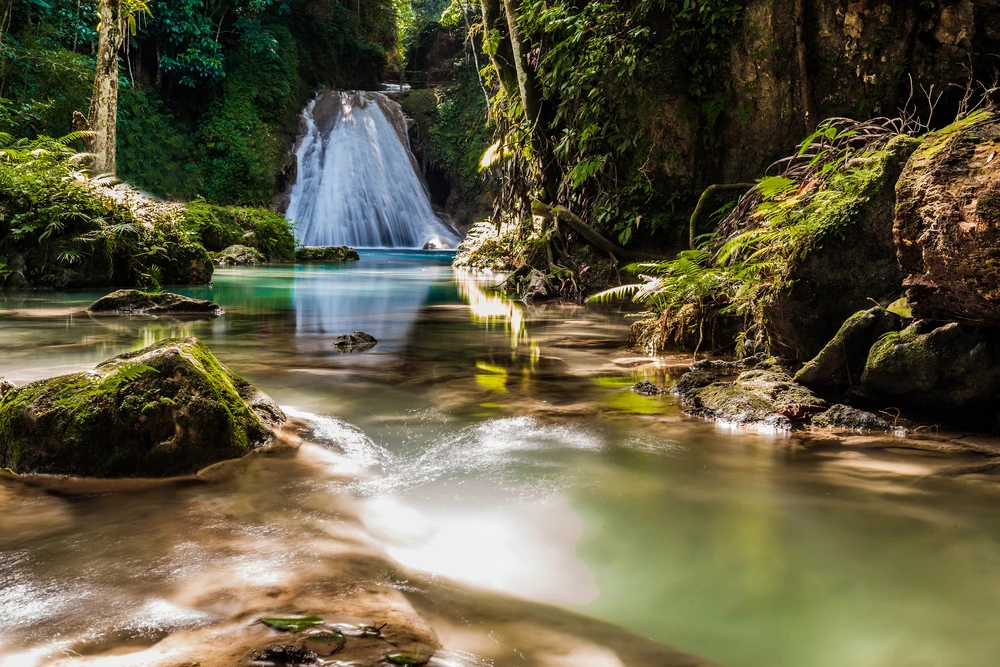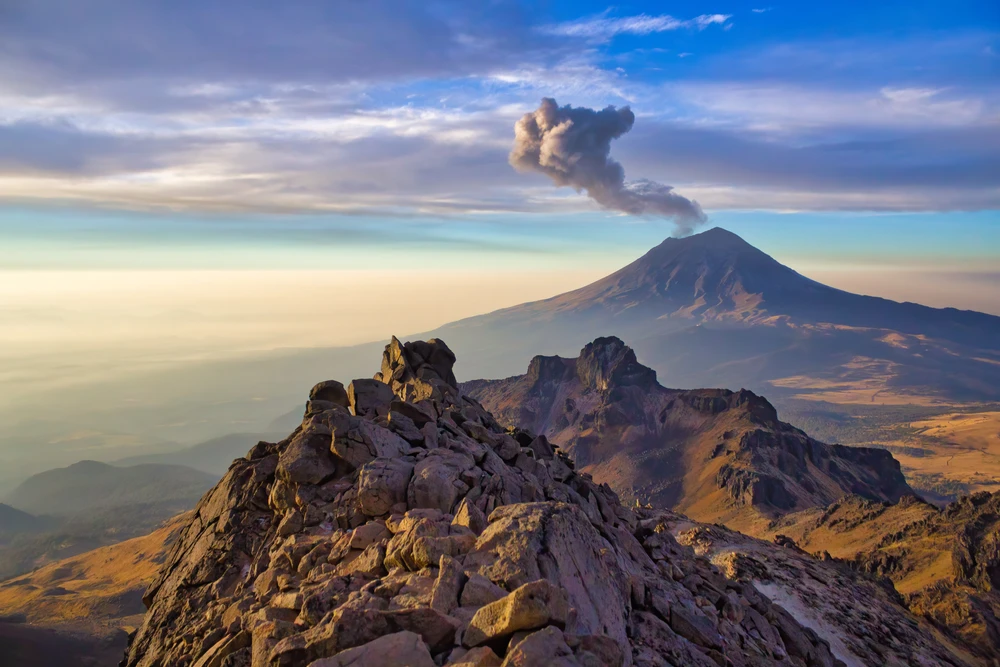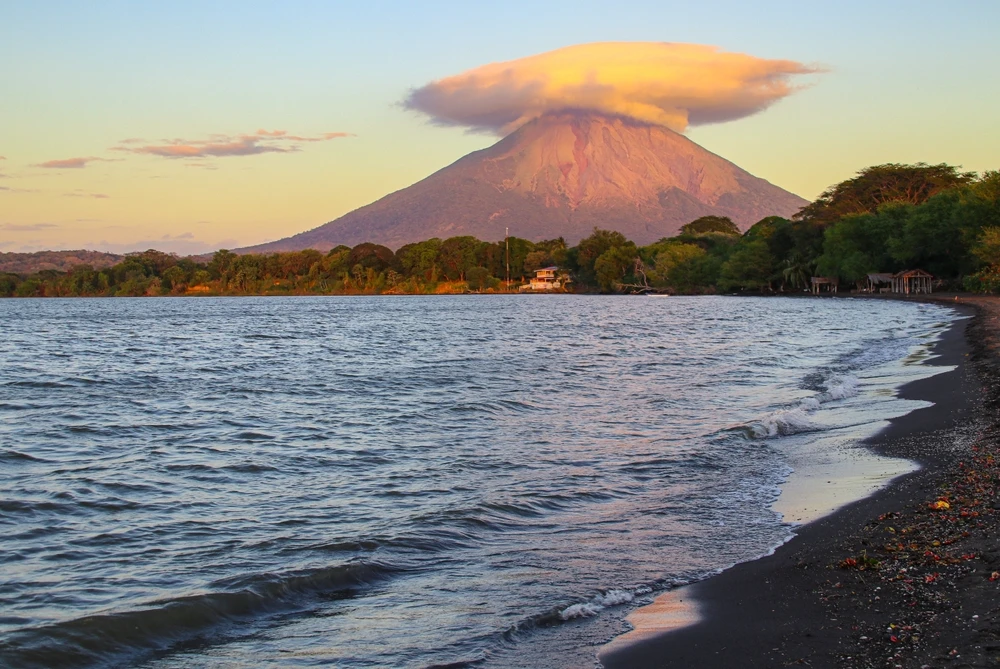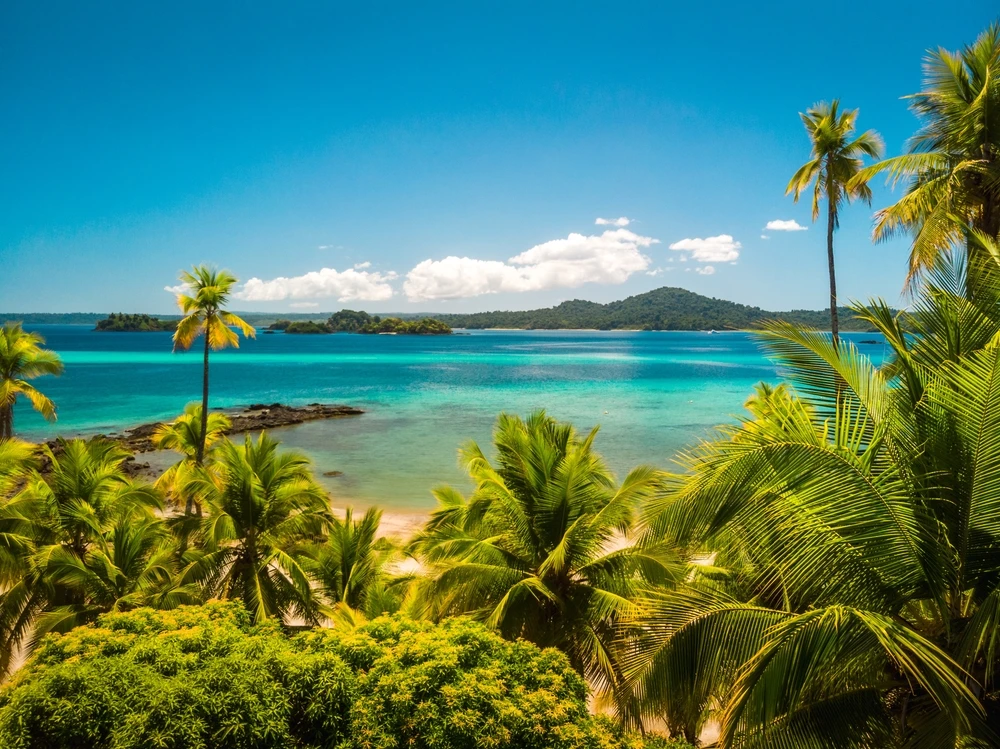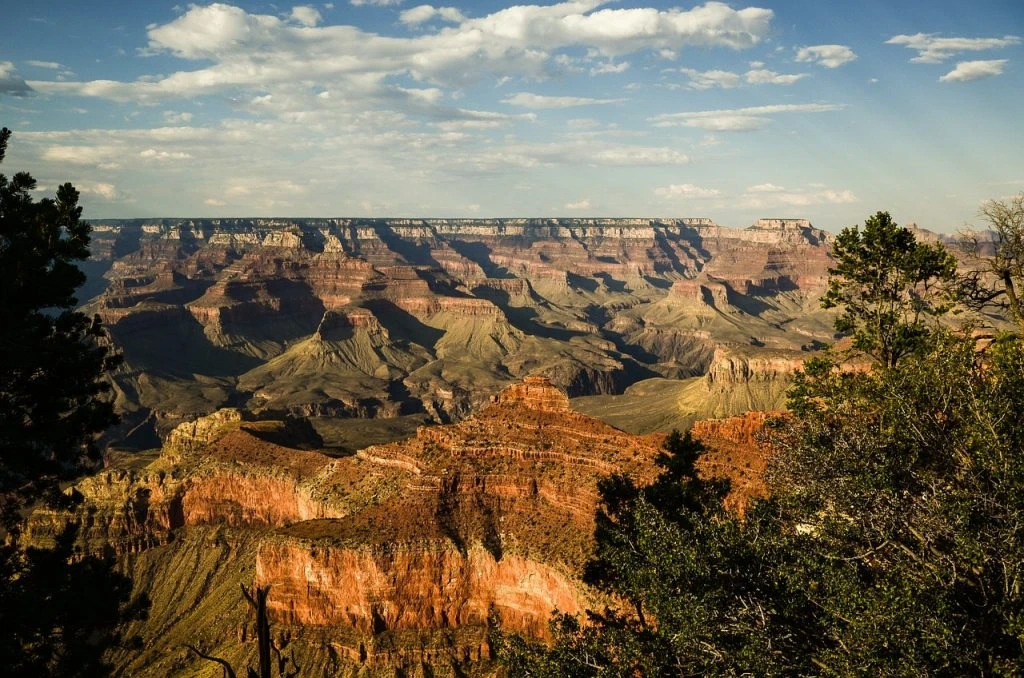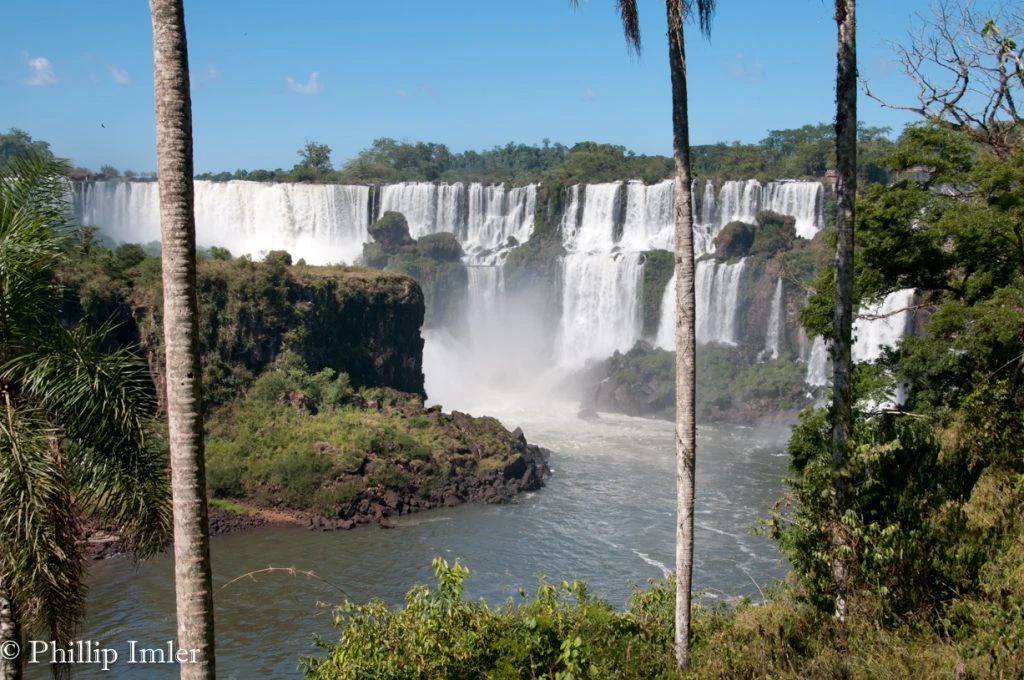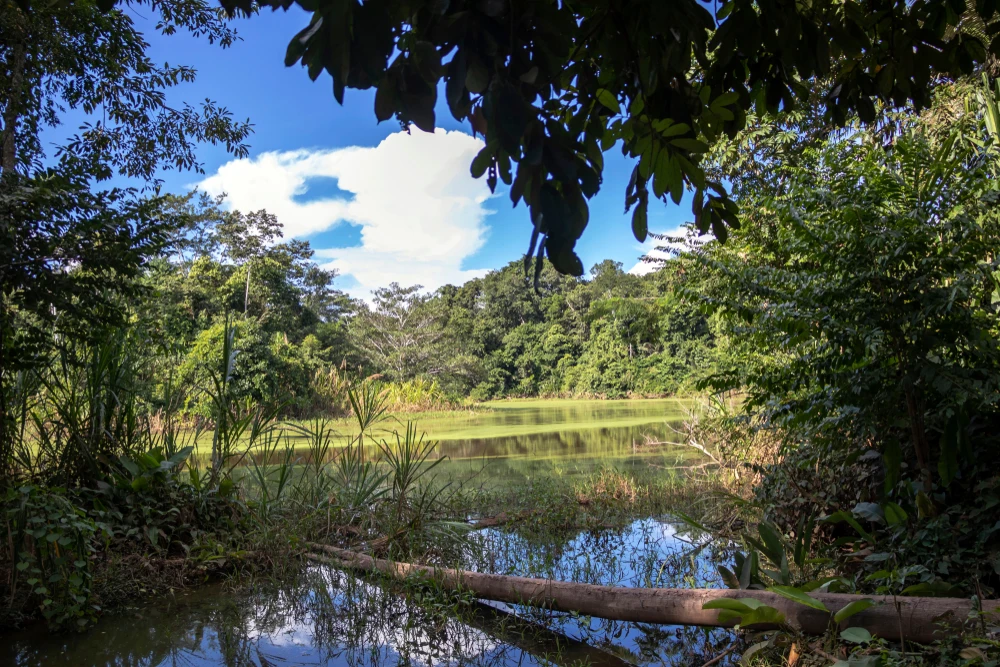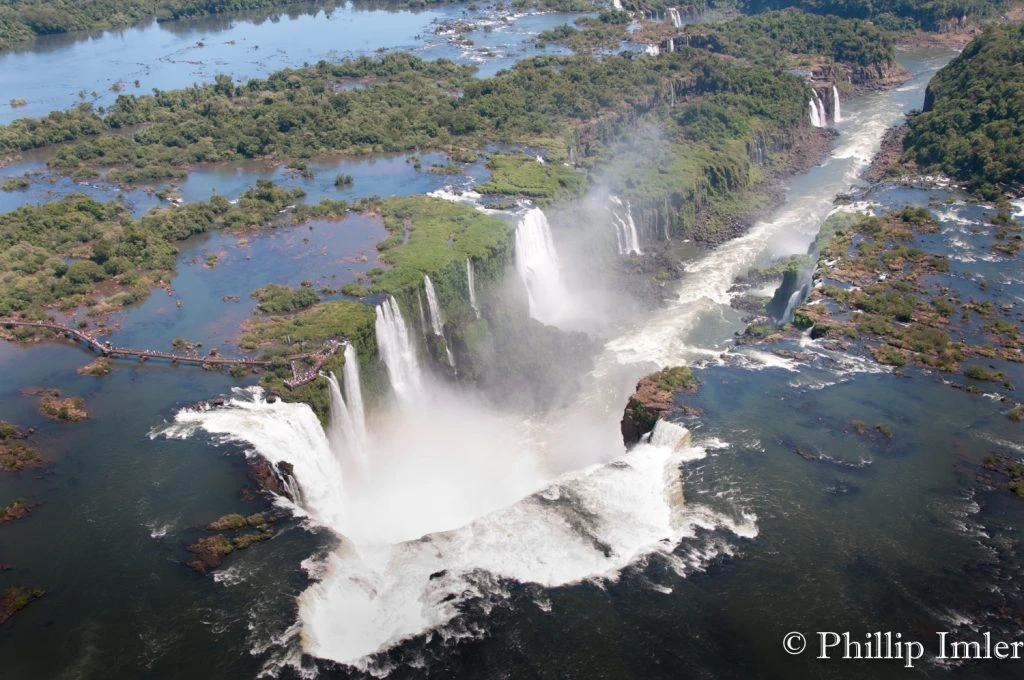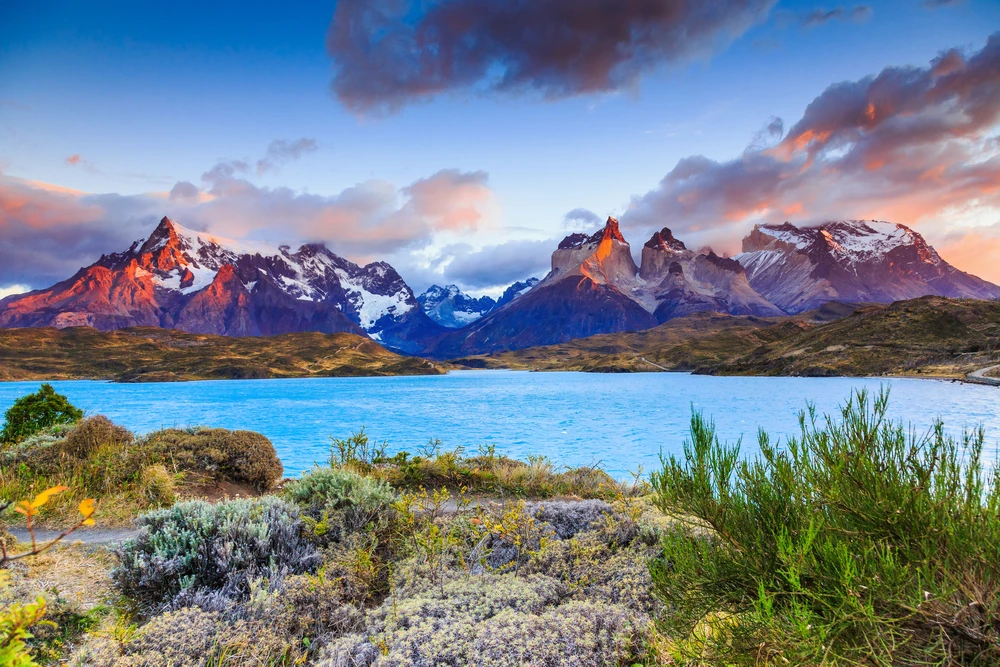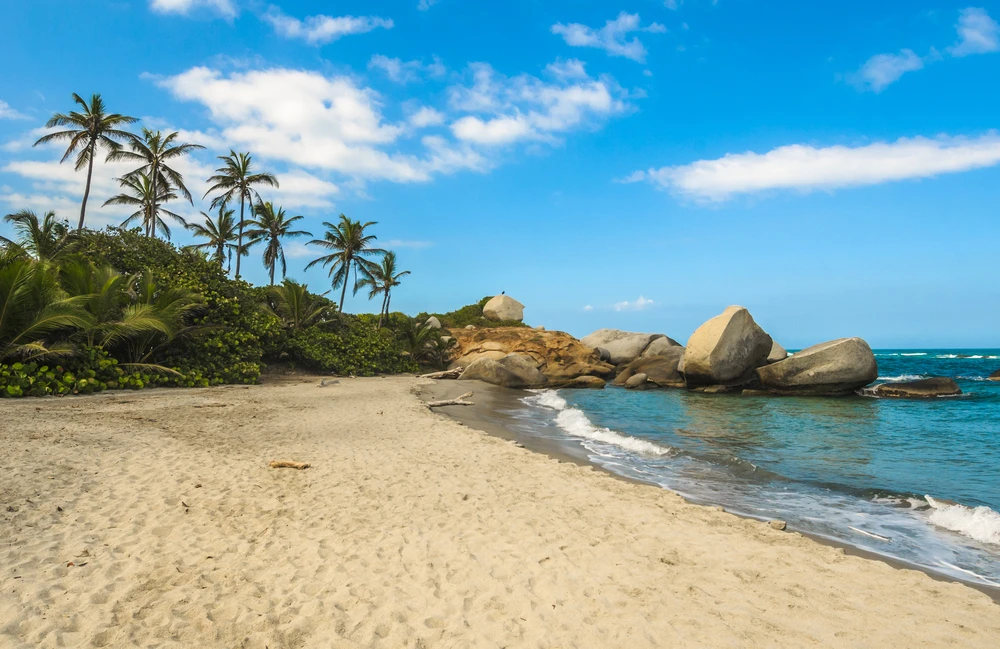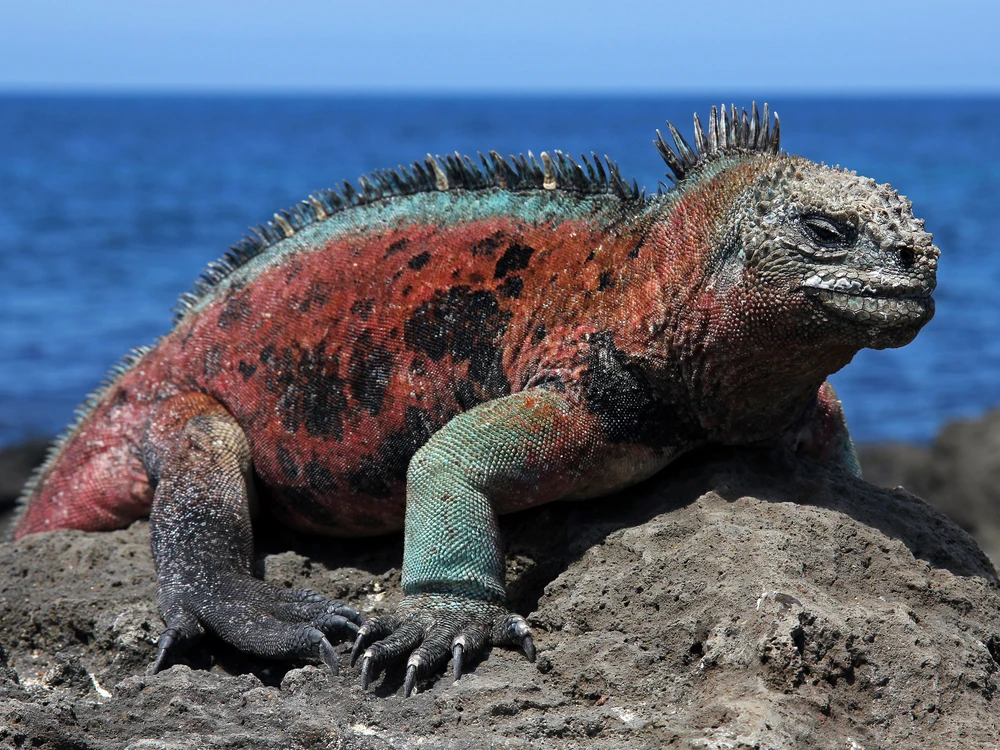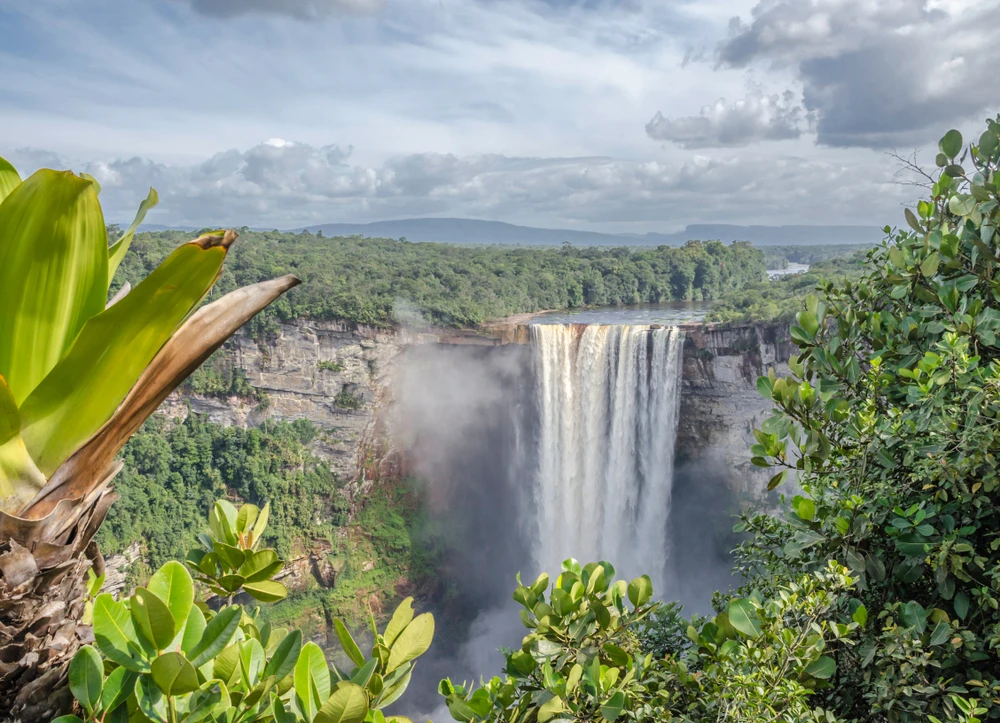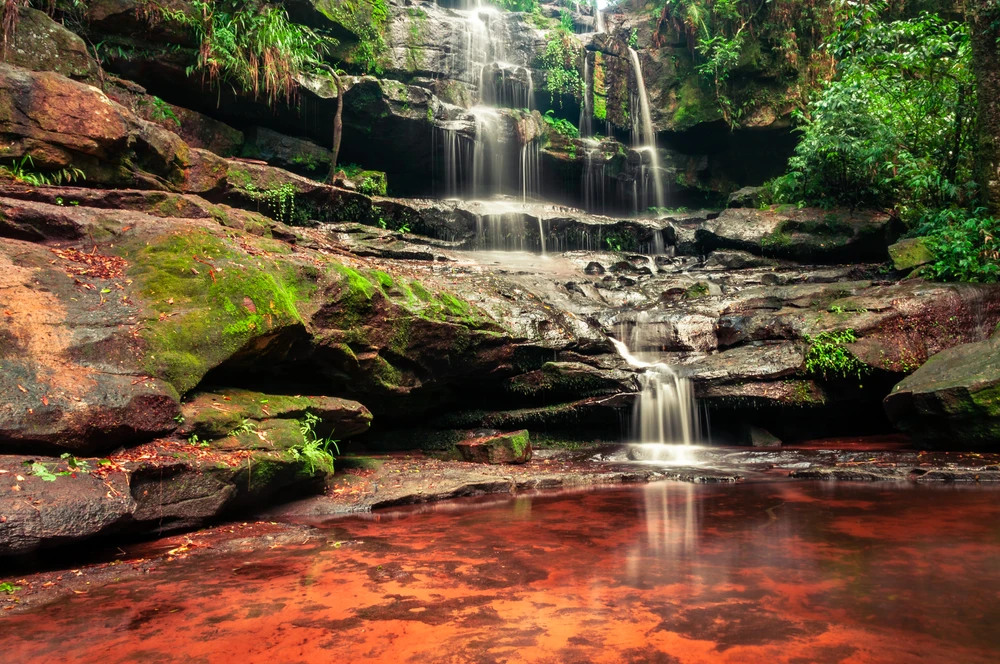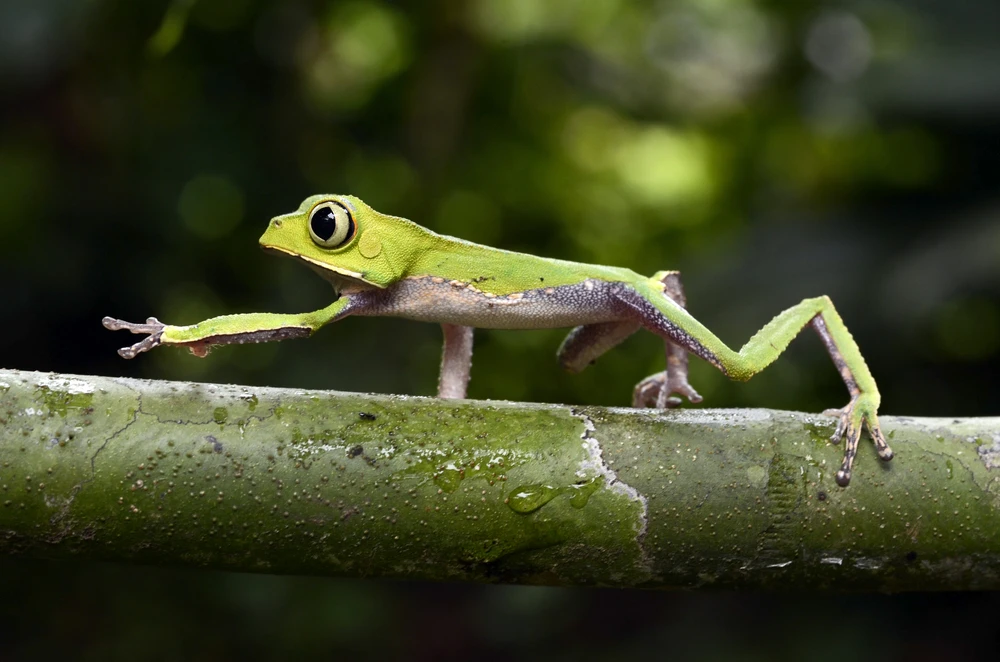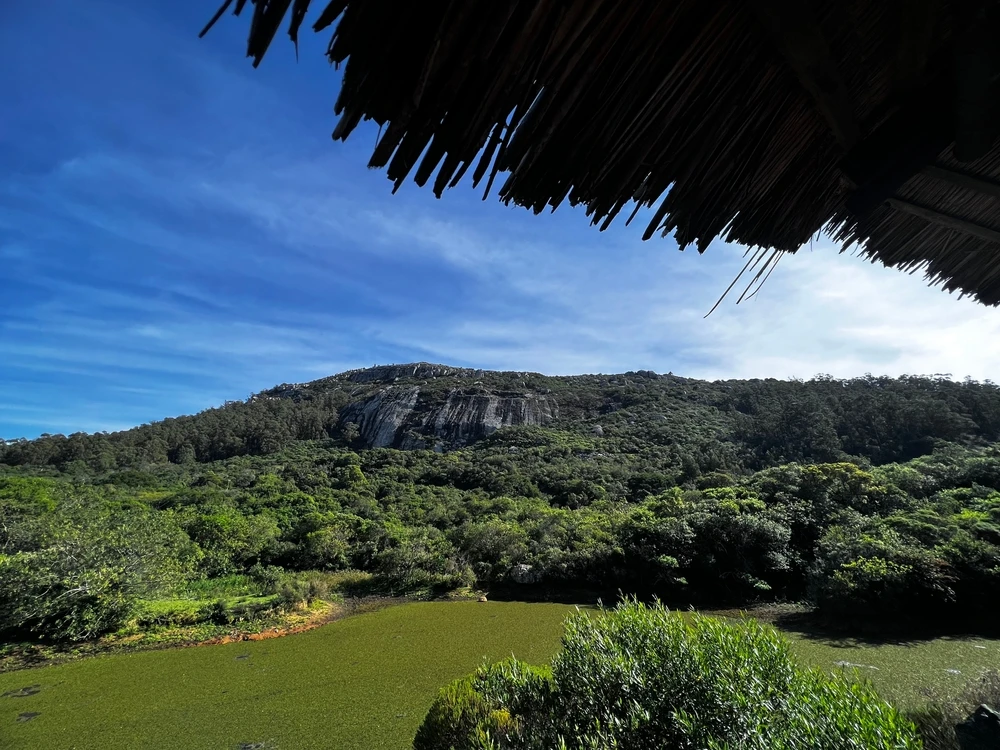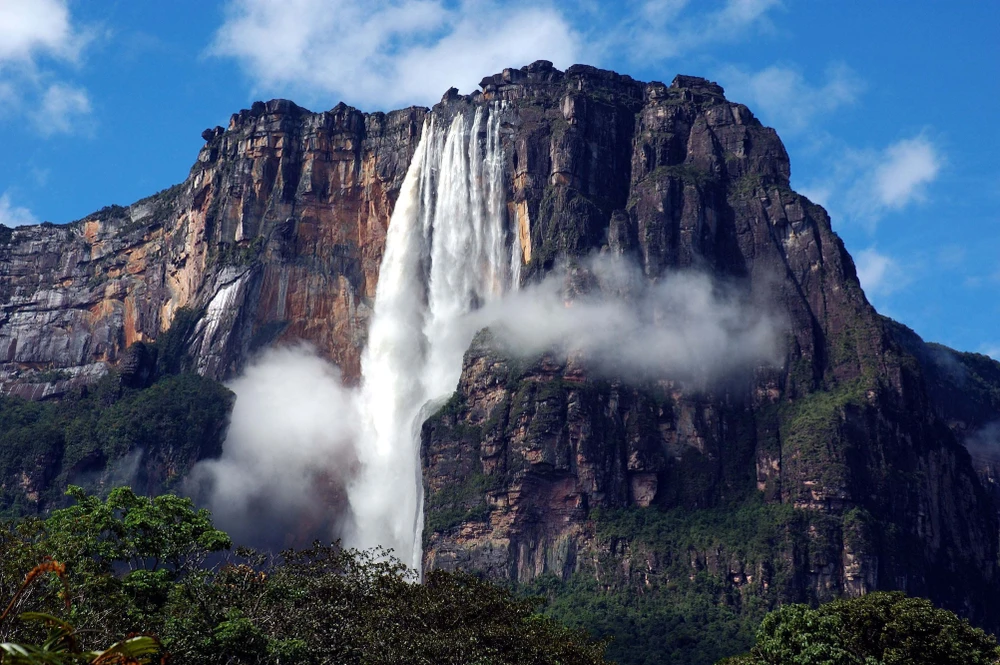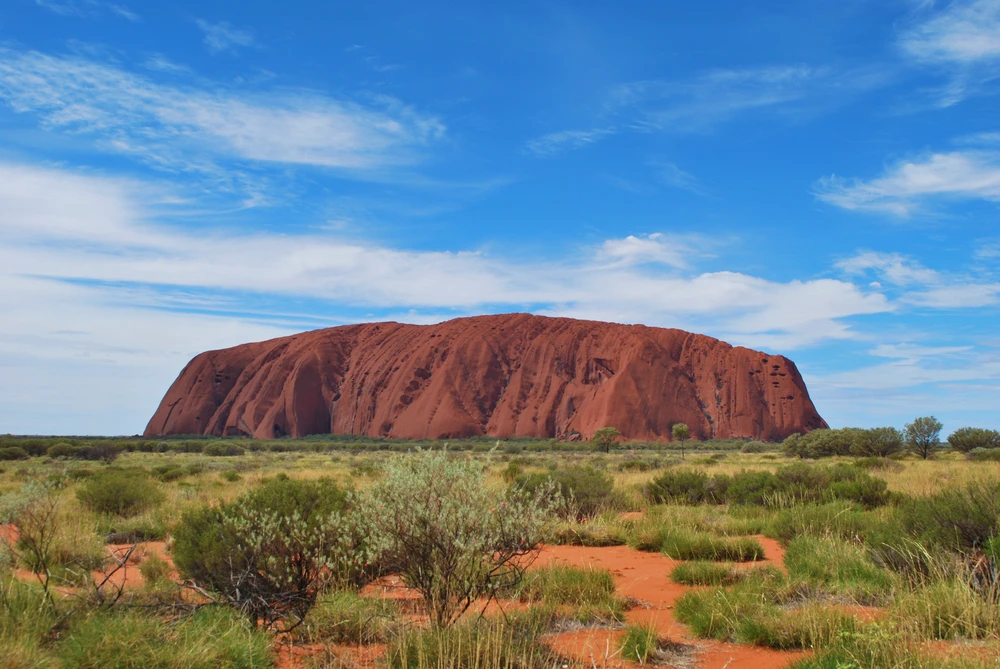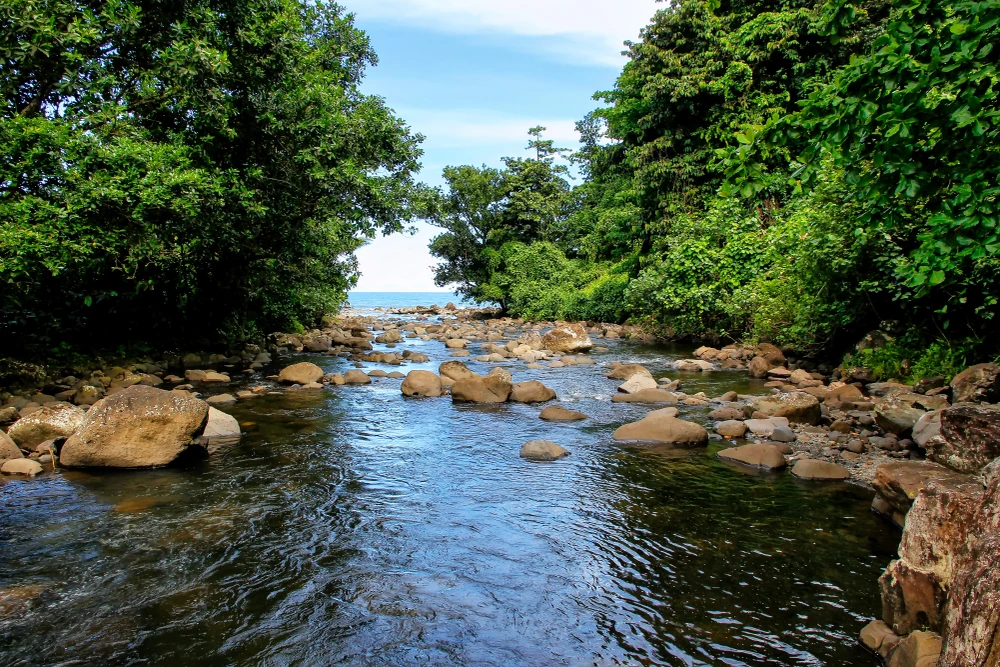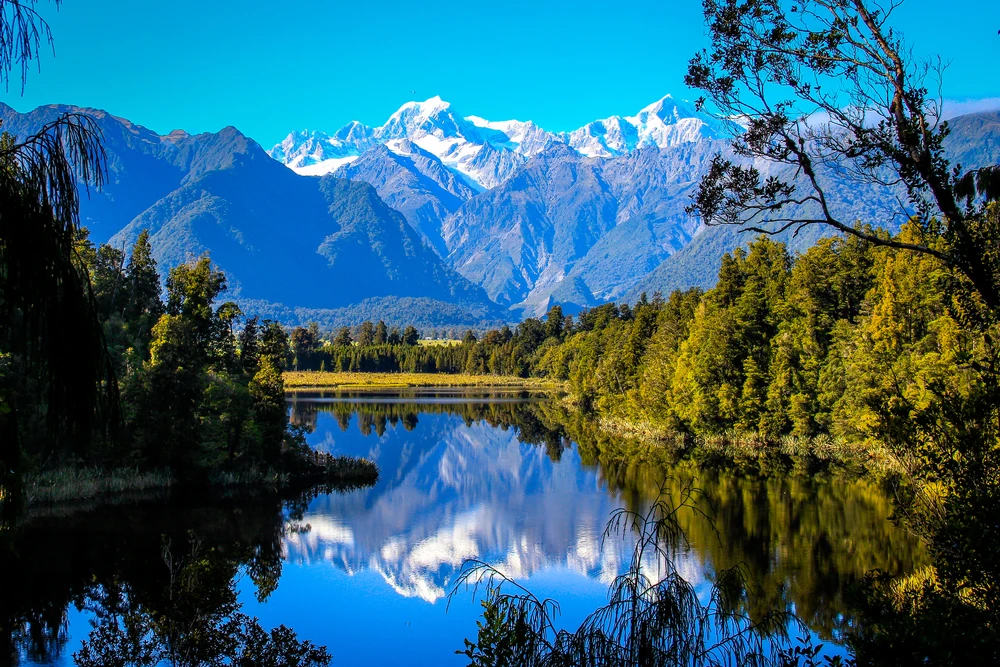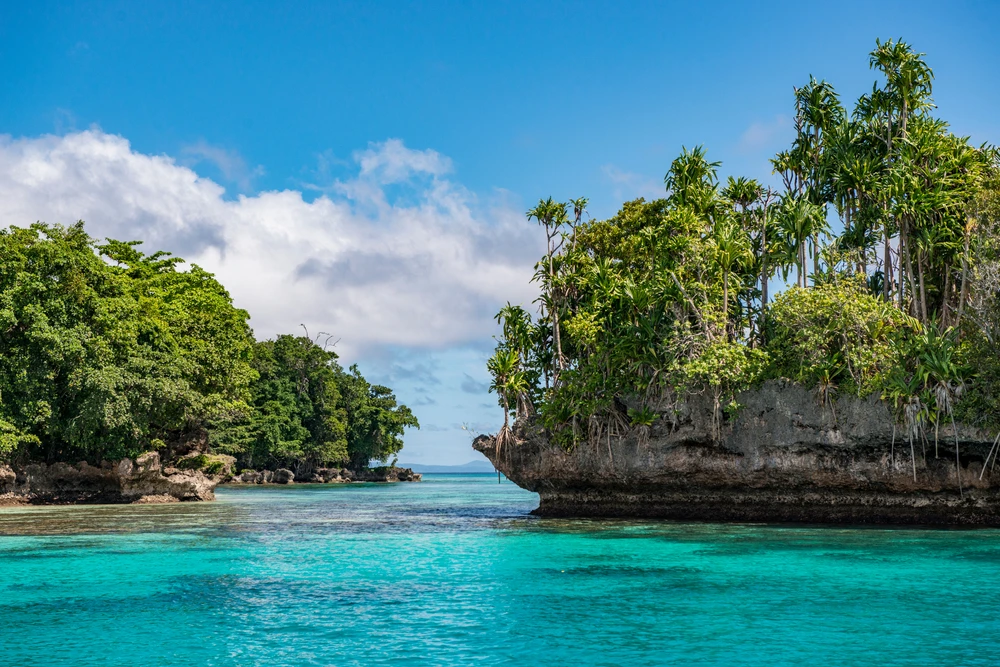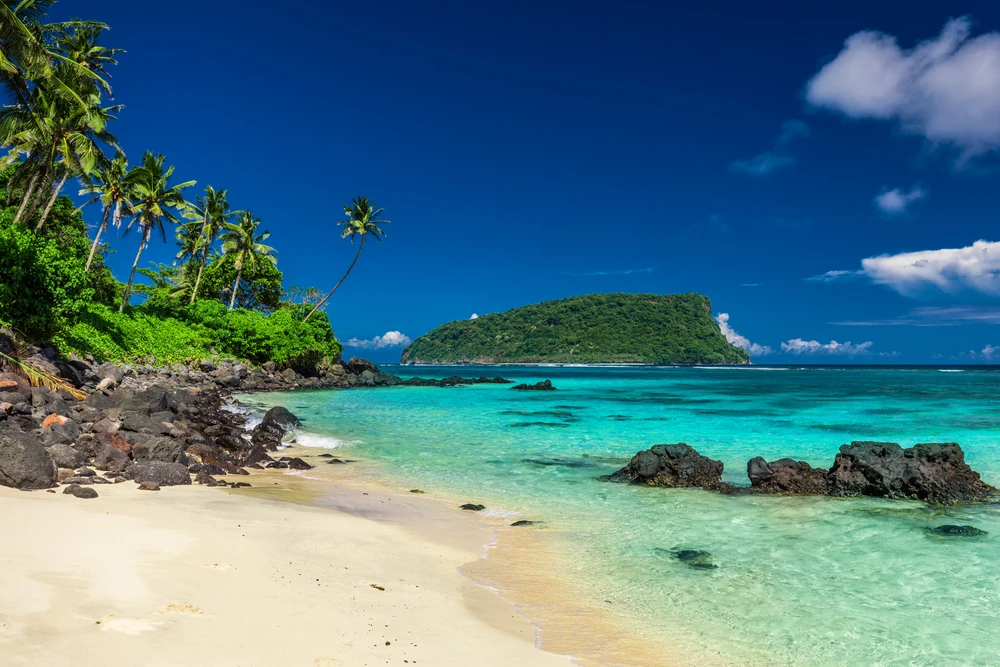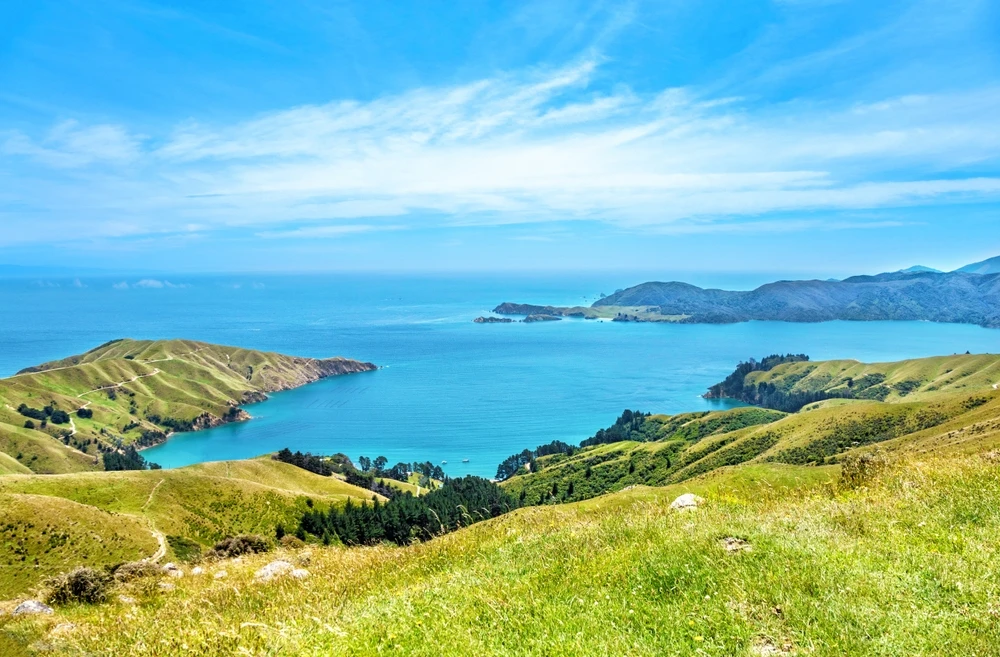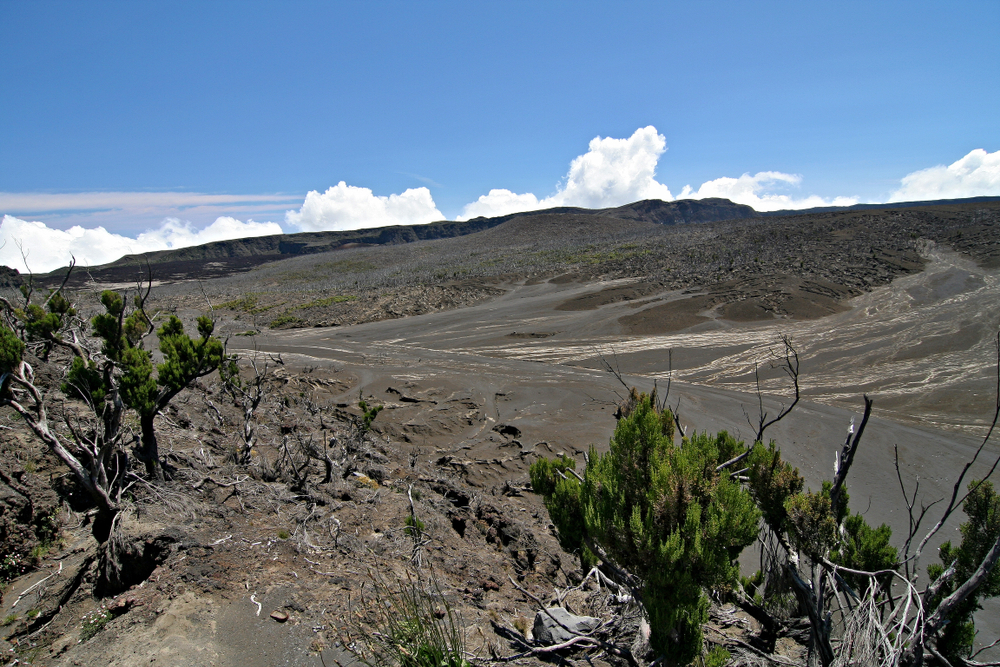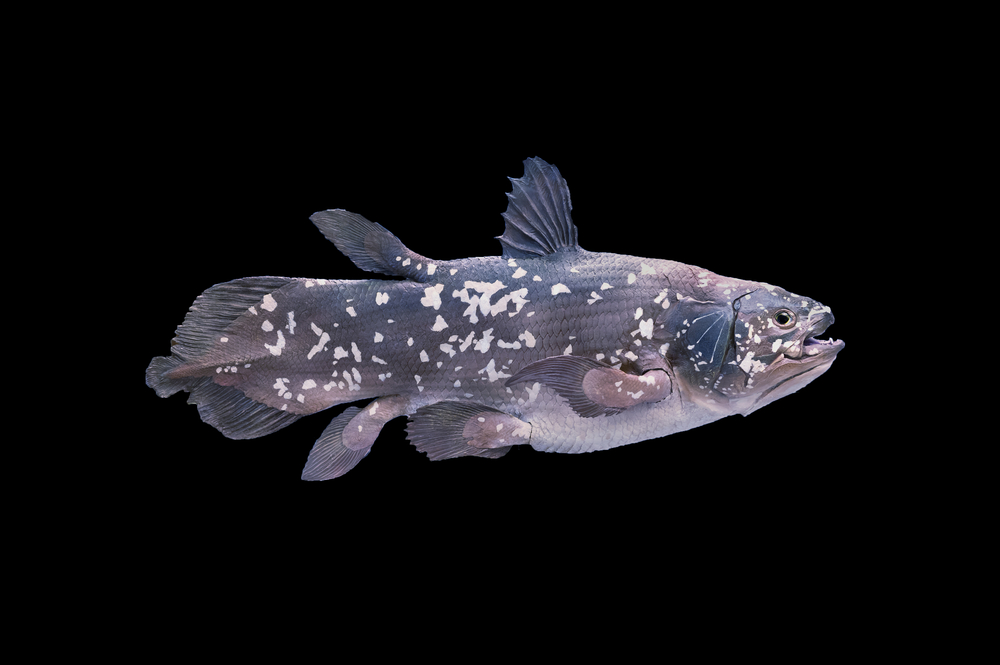Karthala Overview
Karthala National Park, known locally as “Parc National du Karthala,” is a captivating protected area on Grande Comore (Ngazidja), the largest island in the Union of the Comoros. Established in 2010, the park spans approximately 262.14 square kilometers (101.2 square miles) and is centered around Mount Karthala, an active shield volcano and the highest point in the Comoros, towering at 2,361 meters (7,746 feet) above sea level.
The park’s terrain is dominated by Mount Karthala’s expansive caldera, one of the world’s largest, measuring approximately 3 by 4 kilometers (1.9 by 2.5 miles). This geological marvel is the result of frequent volcanic activity, with over 20 recorded eruptions since the 19th century, the most recent occurring in 2007. While the park lacks waterfalls, its volcanic slopes feature dense montane forests, heathlands, and otherworldly volcanic formations, offering a stunning backdrop for hikers and nature enthusiasts.
Karthala National Park is a haven for biodiversity, particularly endemic bird species. The montane forests are home to the Karthala scops owl (Otus pauliani), Humblot’s flycatcher (Humblotia flavirostris), the Grand Comoro drongo (Dicrurus fuscipennis), and the Karthala white-eye (Zosterops mouroniensis), all found exclusively in this region. The park’s flora includes rare plant species such as the giant heather (Erica comorensis) and various orchids, adding to its ecological significance.
Conservation efforts within Karthala National Park focus on mitigating threats such as deforestation, agricultural expansion, and habitat degradation. Collaborative initiatives between governmental agencies, local communities, and international organizations aim to protect the park’s unique ecosystems while fostering sustainable development. These programs emphasize environmental education, reforestation, and eco-tourism as tools to preserve the park’s natural resources and provide economic benefits to nearby communities.
Visitors to Karthala National Park are drawn to its breathtaking landscapes and diverse wildlife. Guided treks to Mount Karthala’s summit are a popular activity, offering unparalleled views of the caldera and the surrounding Indian Ocean. The challenging hike takes visitors through a variety of ecological zones, from lush tropical forests to alpine heathlands, providing opportunities to spot rare birds and plants. Birdwatching tours are particularly rewarding, as the park is a recognized Important Bird Area (IBA) of global significance.
Cultural experiences complement the park’s natural allure, as visitors can interact with local communities to learn about their traditional lifestyles and the historical significance of Mount Karthala. These engagements not only enrich the visitor experience but also support conservation efforts by promoting sustainable tourism practices.
In summary, Karthala National Park is a natural and cultural treasure of the Comoros. Its remarkable volcanic landscapes, endemic wildlife, and conservation efforts make it a must-visit destination for those seeking to explore the unspoiled beauty of the island.
